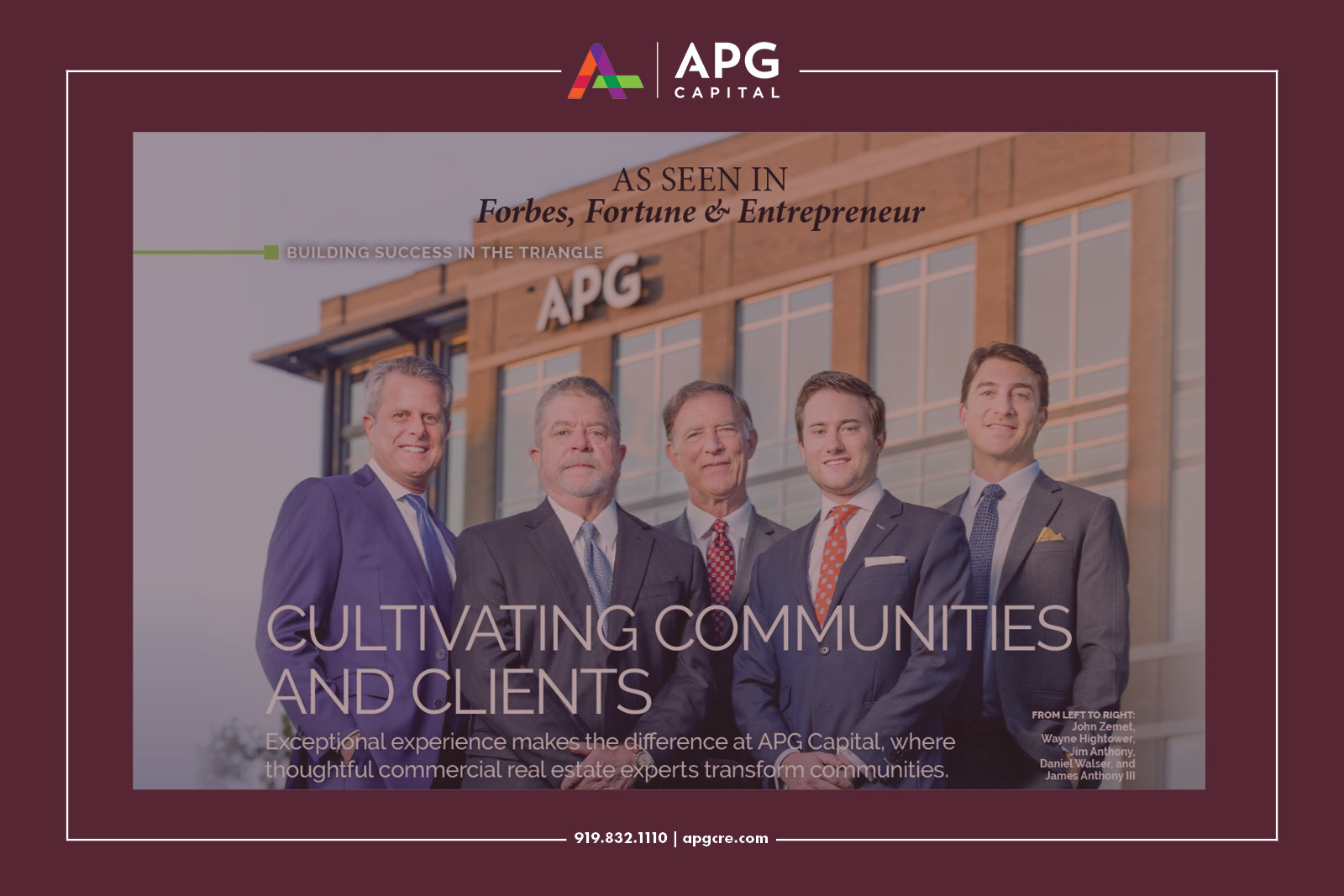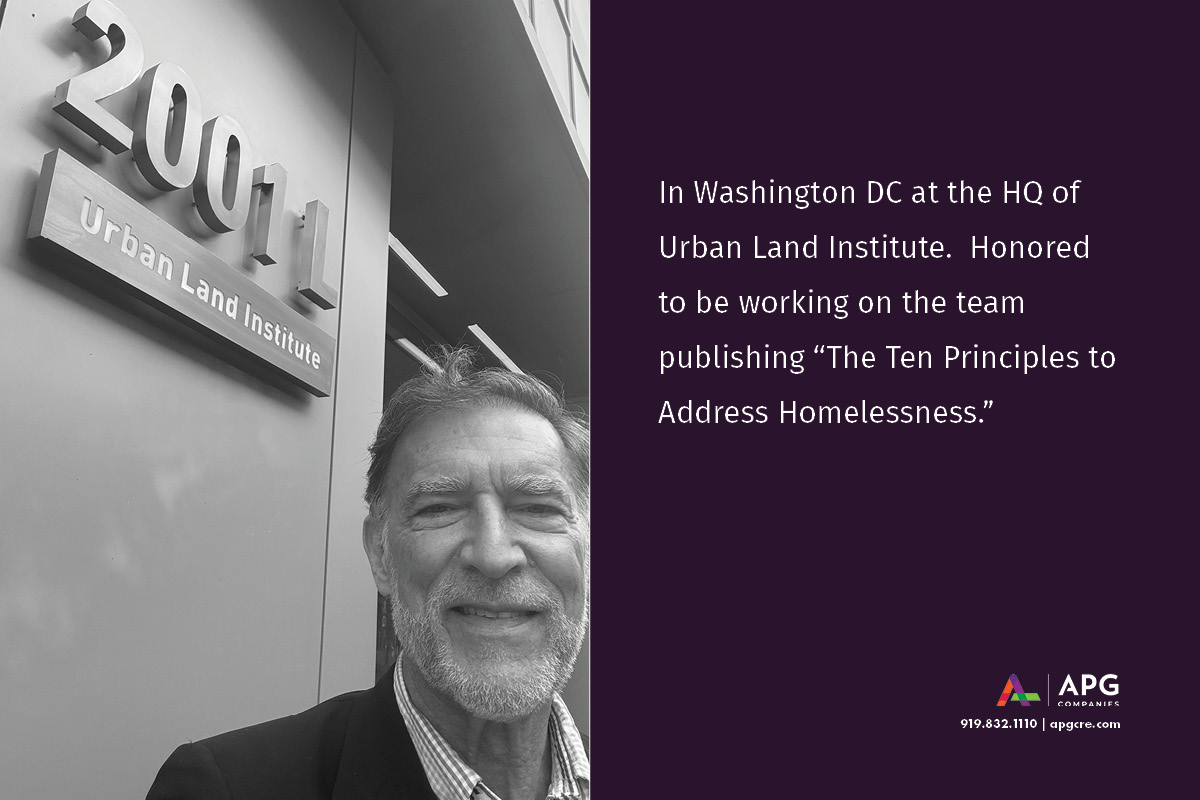
Few organizations have done more to unite public and private sectors around the challenges of equitable development than the Urban Land Institute (ULI). With a mission to shape the future of the built environment for transformative community impact, ULI is bringing real estate leaders to the table to confront one of the most urgent issues of our time: housing affordability.
We sat down with Jim Anthony, CEO of APG Companies and ULI member, to explore the Institute’s work—particularly within its Homeless to Housed initiative — and how developers, investors, and cities can collaborate to create more attainable housing solutions. From research to action, ULI’s role is evolving — and Jim shares why it matters now more than ever.
How did you first get involved with ULI, and what drew you to its mission?
I’ve known about the Urban Land Institute for most of my 46 years in the real estate business, but I never really took much notice until a friend with a real heart for addressing homelessness invited me to get involved. Through him, I was introduced to ULI’s Homeless to Housed initiative, and the more I learned, the more I realized there was a genuine opportunity to make a difference.
Affordable housing has always been close to my heart, and the need for it is beyond desperate across America. Stepping into this group within ULI felt like a natural fit. Once I got involved, I discovered that some of the brightest and best minds in real estate — across the country and around the world — are engaged with ULI. It felt like coming home.
What does ULI’s role in the real estate industry mean to you personally as a community builder, developer, investor and advisor?
I began my career in commercial real estate brokerage — what we often call the advisory services sector. It’s a hyper competitive world where only the strong survive.
What I’ve discovered within the Urban Land Institute is something quite different: a deeply collaborative association of professionals who are committed to delivering the highest quality development projects — for all product types and for the betterment of every community. And these efforts are being led by the best in the industry.
Quite simply, I prefer — and want to be part of — that world of peacemakers.
How has your participation in ULI shaped your thinking around development in underserved communities, and how does that connect to your work with the Homeless to Housed initiative?
Participating in the Urban Land Institute has given me exposure to perspectives I never would have encountered otherwise. Through ULI, I’ve engaged with a broad cross-section of the development community — including municipal planners, nonprofit housing advocates, and for-profit architects, engineers, and developers — all aligned around the same goal.
It’s exciting to be part of that kind of diverse collaboration. Together, we’re tackling what I believe is the biggest and toughest issue in real estate today: delivering affordable housing at the lowest possible cost, the highest possible quality, in the greatest possible quantity, at the greatest possible speed.
ULI’s Homeless to Housed initiative is a prime example of that collaborative energy in action. It brings together an even wider circle of allies to confront the housing crisis head-on. I’m incredibly thankful for the exposure I’ve had to viewpoints and strategies I wouldn’t have seen without this involvement — it has truly opened my eyes to how we can attack housing affordability more effectively.
Most recently, our Ten Principles project laid a foundation for addressing this issue in concrete, actionable ways. We’re now preparing for the next phase, which will offer tactical solutions that any community can adopt to tackle their unique local housing challenges.
What are some of the biggest misconceptions about developing housing for low- to moderate-income populations?
There are some deeply flawed ideas in the broader community about affordable housing and its impact on property values. You see this play out when neighborhood groups push back against affordable housing being built anywhere near them. The common—but false—belief is that these homes will drag down their own property values.
Ironically, many of those same residents would prefer to see more expensive housing than what they currently live in, under the assumption that it will lift their property values. The truth is that badly managed affordable housing can indeed create problems for a neighborhood. But well-managed affordable housing does not harm property values—and in fact, it often enhances neighborhoods by increasing diversity, both socioeconomically and culturally. That’s a value-add in my view, not a value detractor.
Another major misconception is that increased density — something that often accompanies affordable housing — automatically leads to a drop in property values. That’s simply not true. We see plenty of examples where luxury apartments or townhome communities are built adjacent to high-end neighborhoods, and those neighborhood values are not negatively impacted at all.
In fact, over time, increased density tends to drive property values up, because it brings more vitality, services, and walkability to the area. The fear is misplaced — and it’s something we need to continue addressing through education and thoughtful development.
Where do you see the biggest opportunity for the private sector to partner with local governments and nonprofits on homelessness and housing attainability?
Private developers have a unique opportunity right now because cities and counties across America are more focused than ever on addressing housing affordability and homelessness.
The key is partnership. Developers can collaborate with municipalities by making long-term commitments to affordable housing in exchange for public support—whether that’s in the form of grants or deeply discounted loans, often at zero or very low interest rates.
In many cases, municipalities are also willing to subordinate their debt or equity contributions to those of the senior private capital—such as banks and institutional investors—which makes the capital stack more feasible and attainable.
The end goal for most municipalities is permanent affordable housing, and the window is wide open right now for developers to pursue these types of projects in true partnership with local governments.
Recent Posts
December 22, 2025

December 17, 2025

November 19, 2025
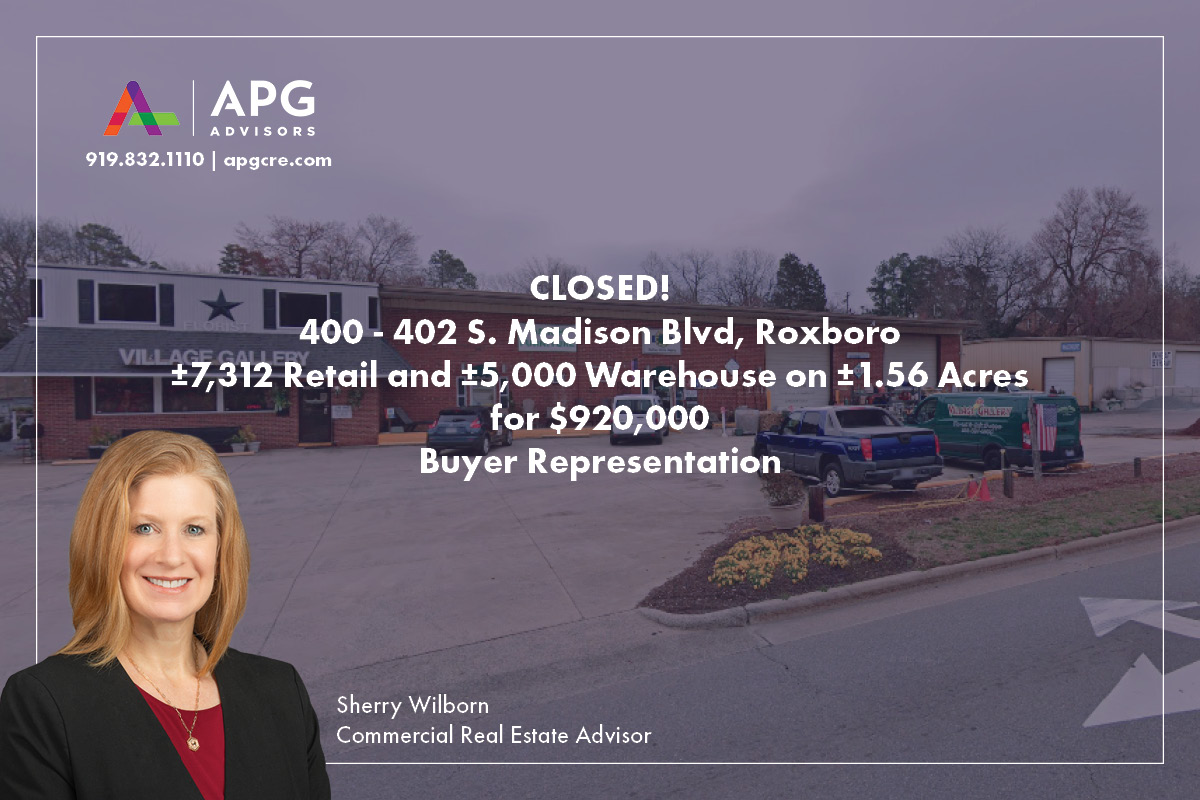
November 3, 2025
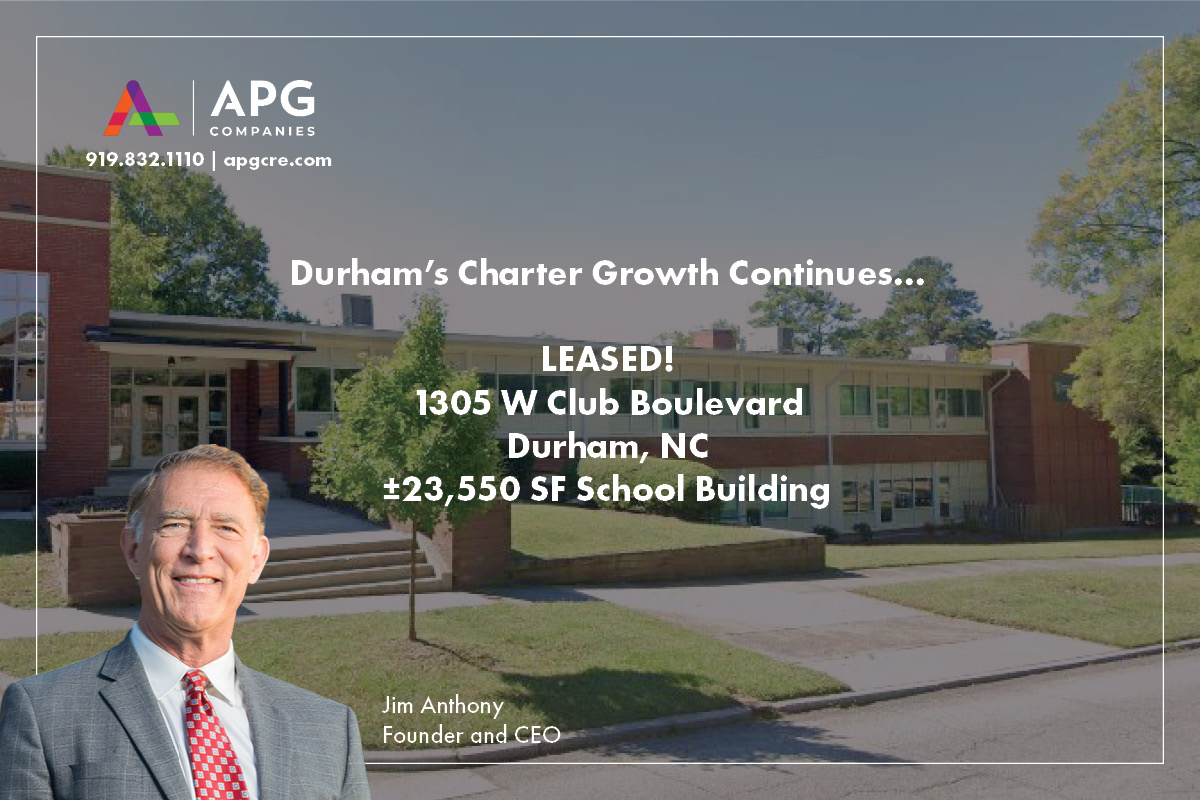
October 24, 2025
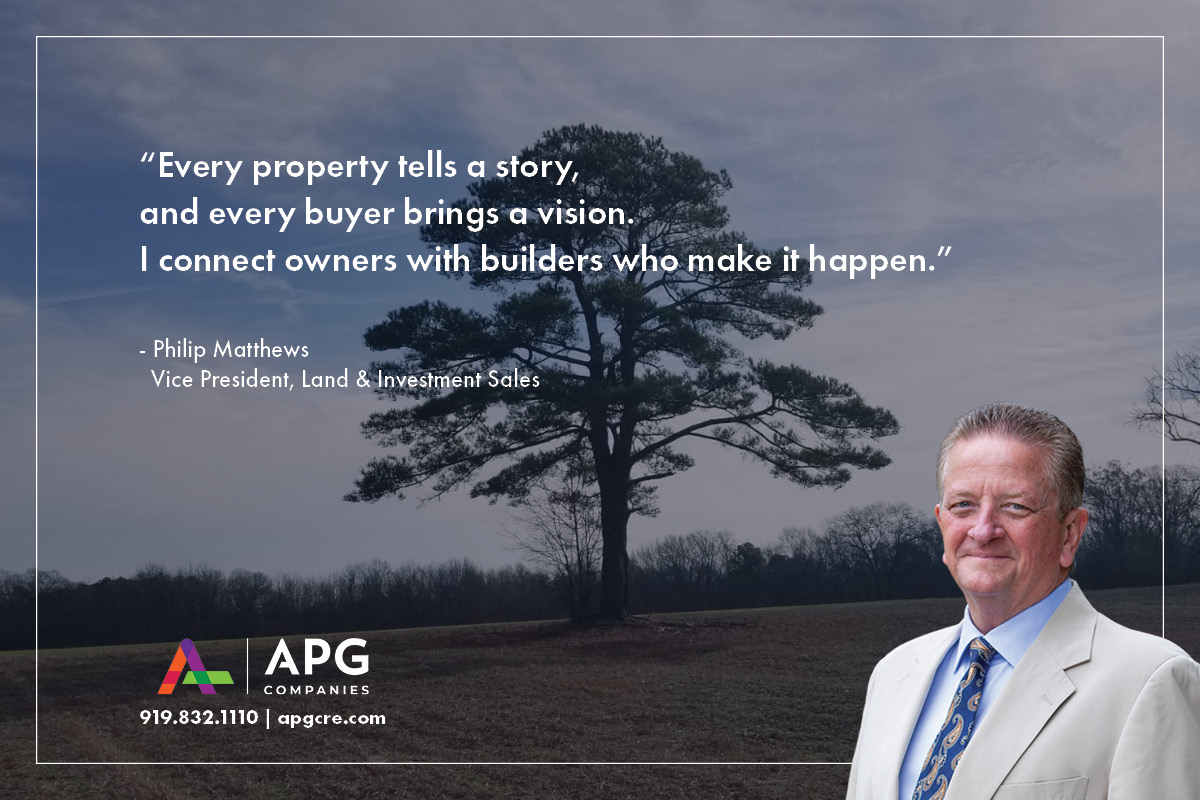
October 8, 2025

October 2, 2025
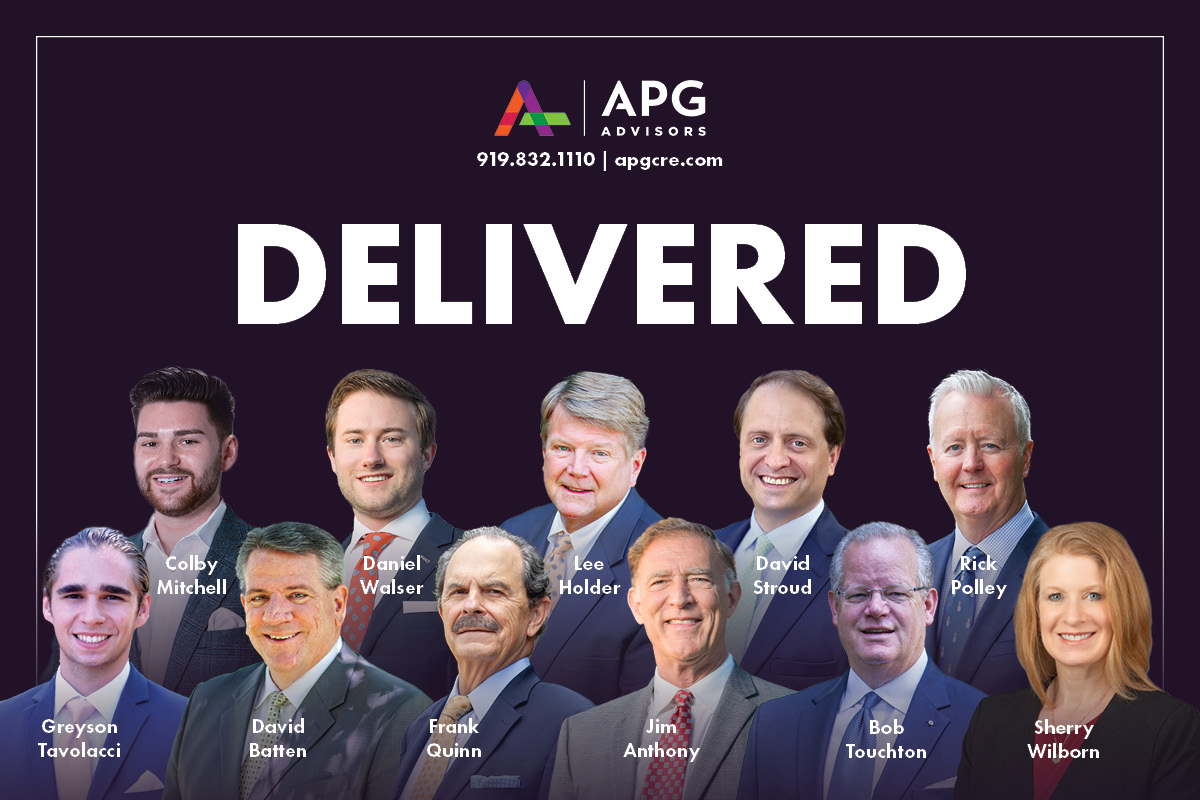
September 11, 2025
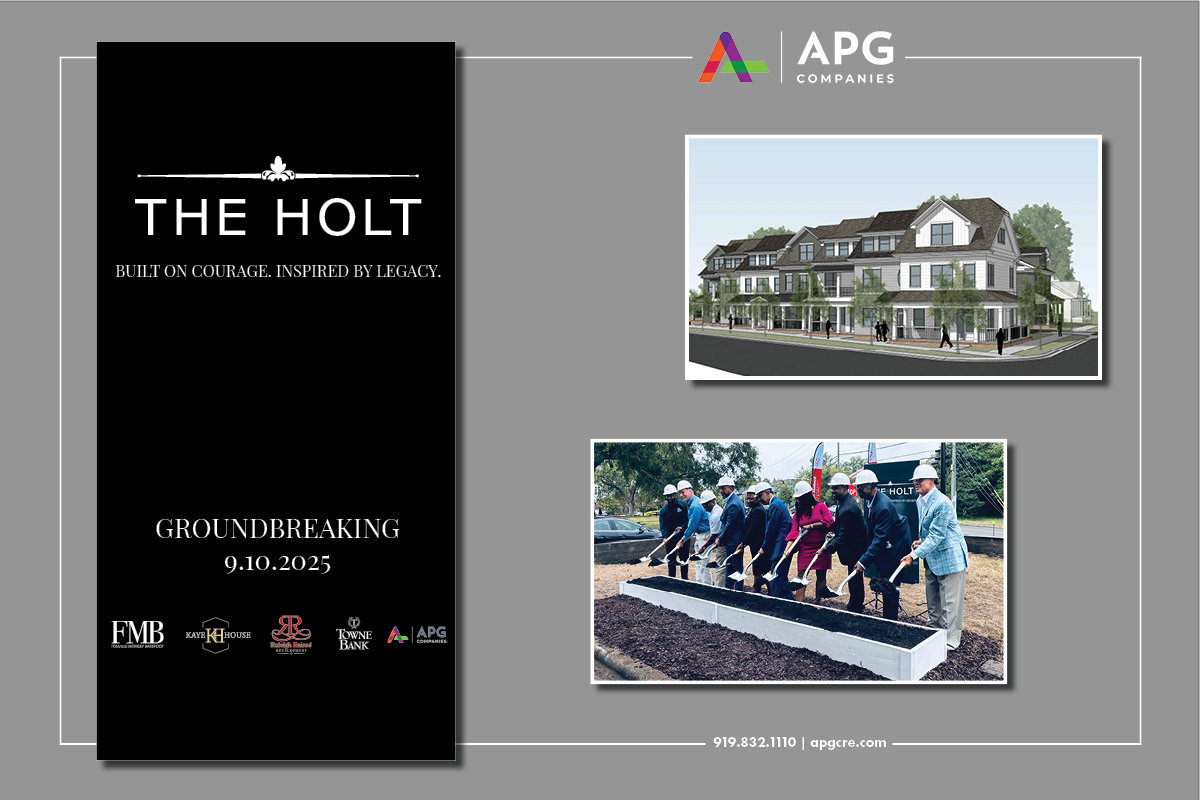
September 4, 2025
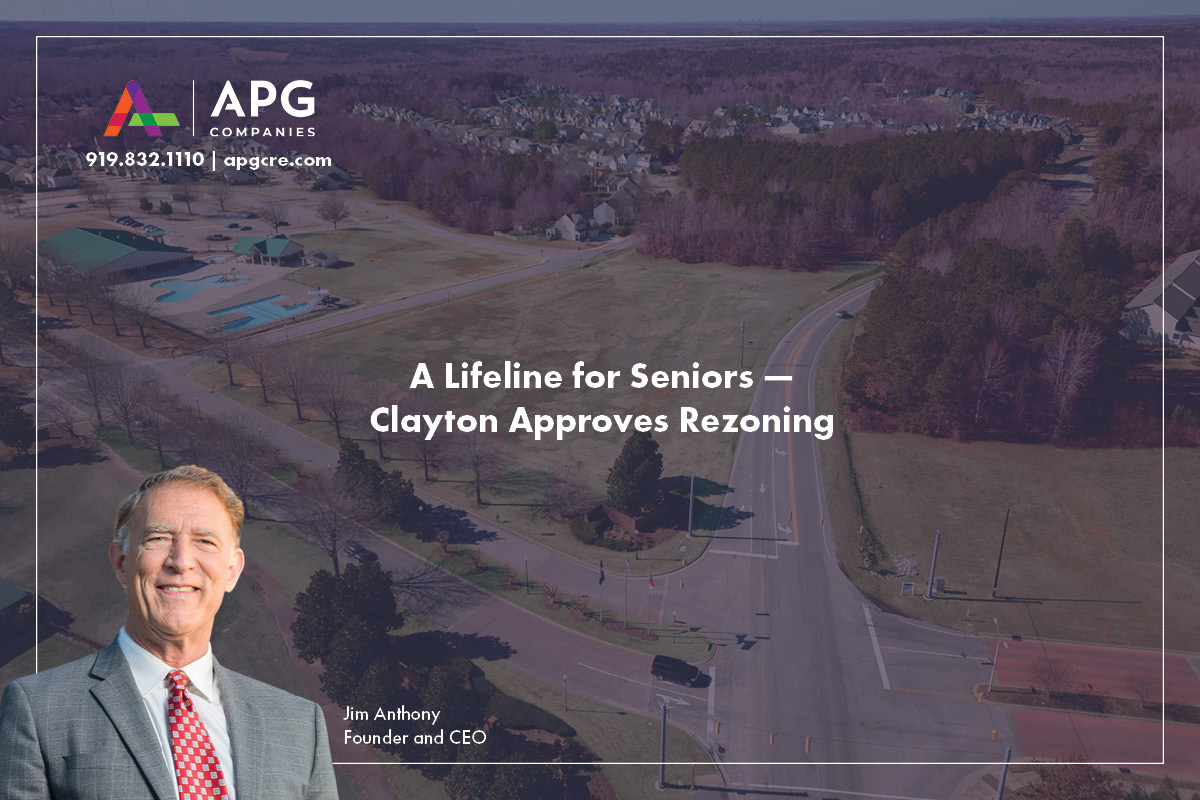
August 28, 2025
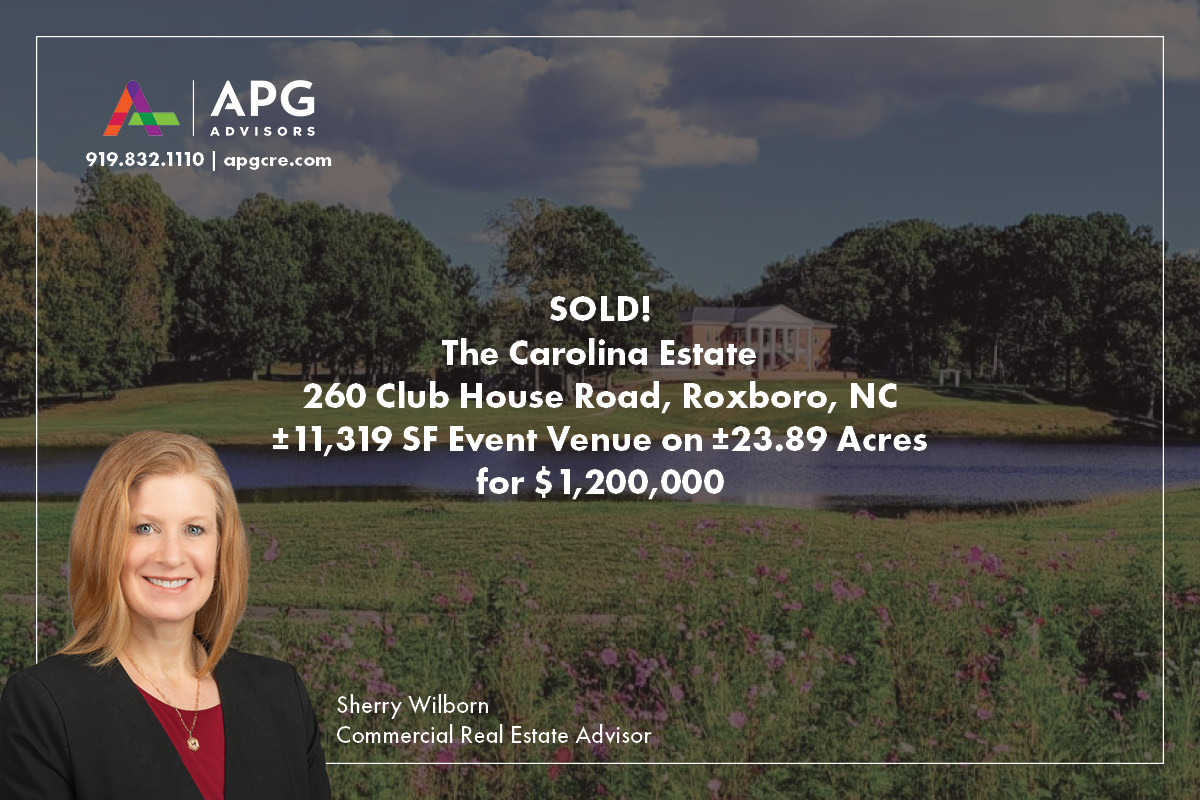
August 8, 2025

August 7, 2025
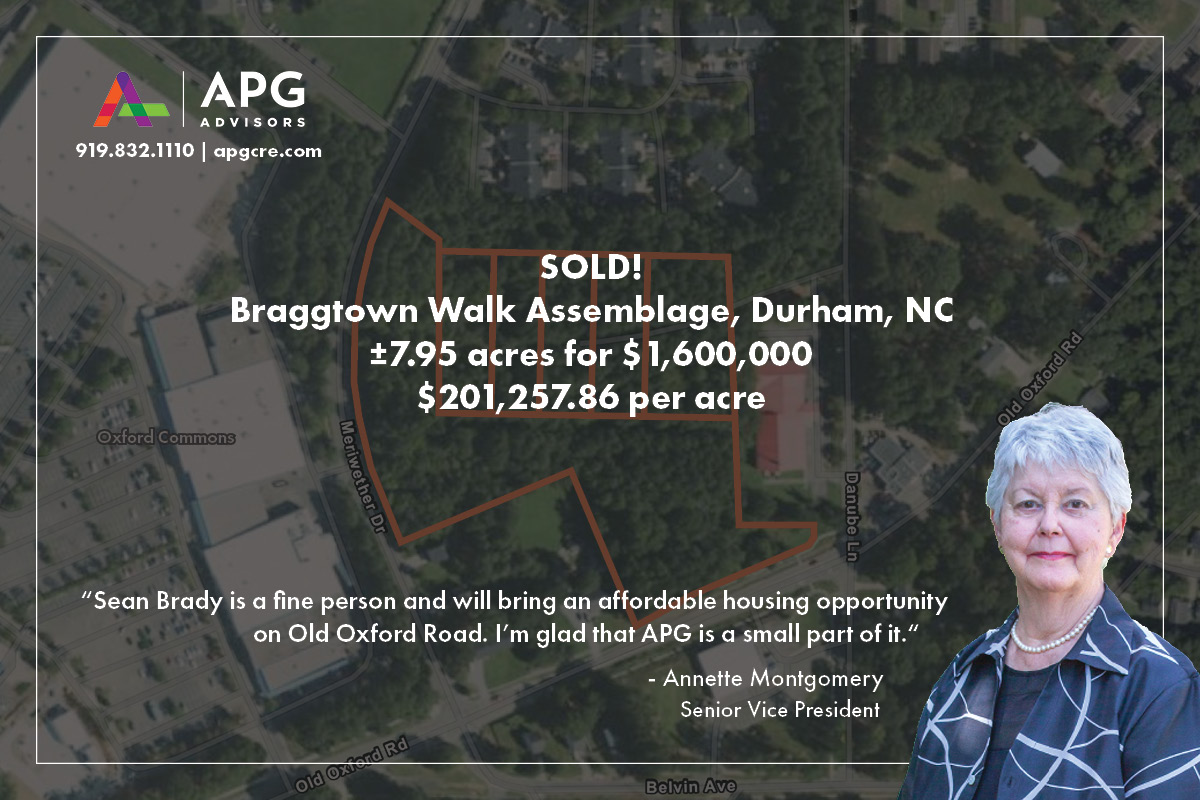
July 29, 2025
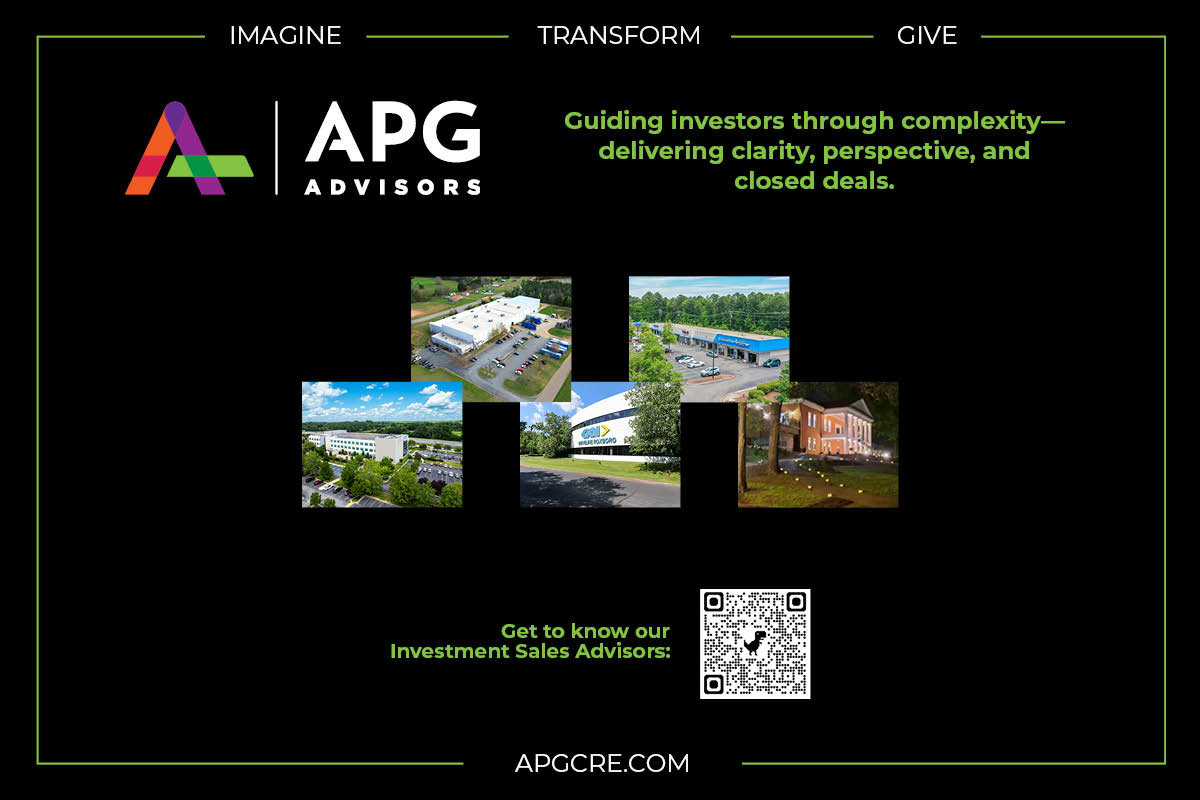
July 2, 2025
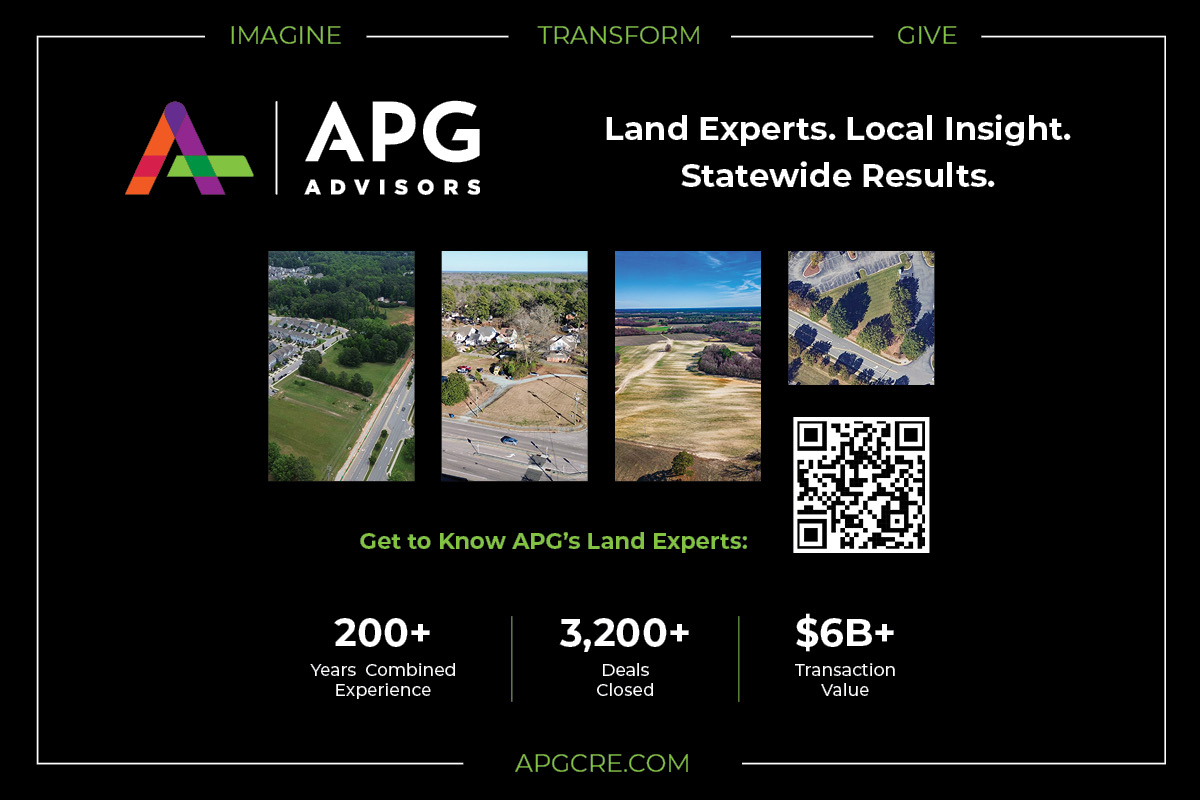
June 19, 2025
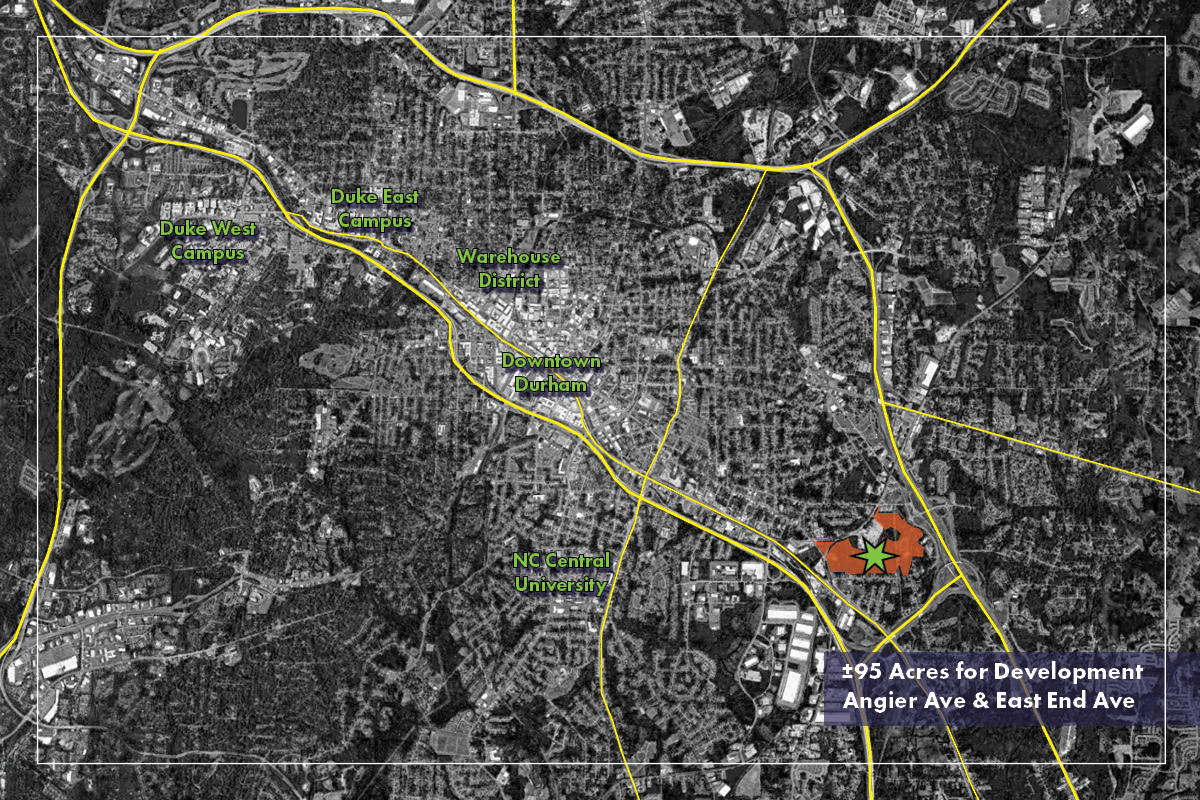
June 18, 2025
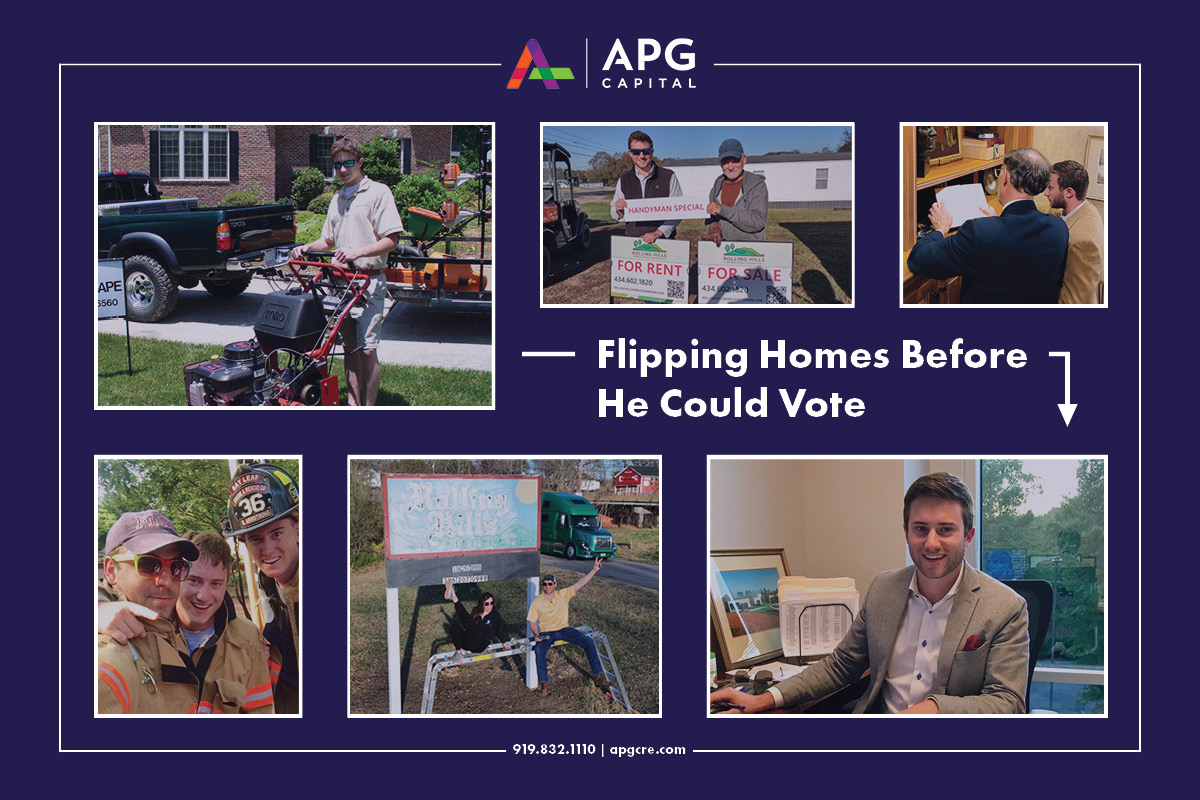
May 12, 2025
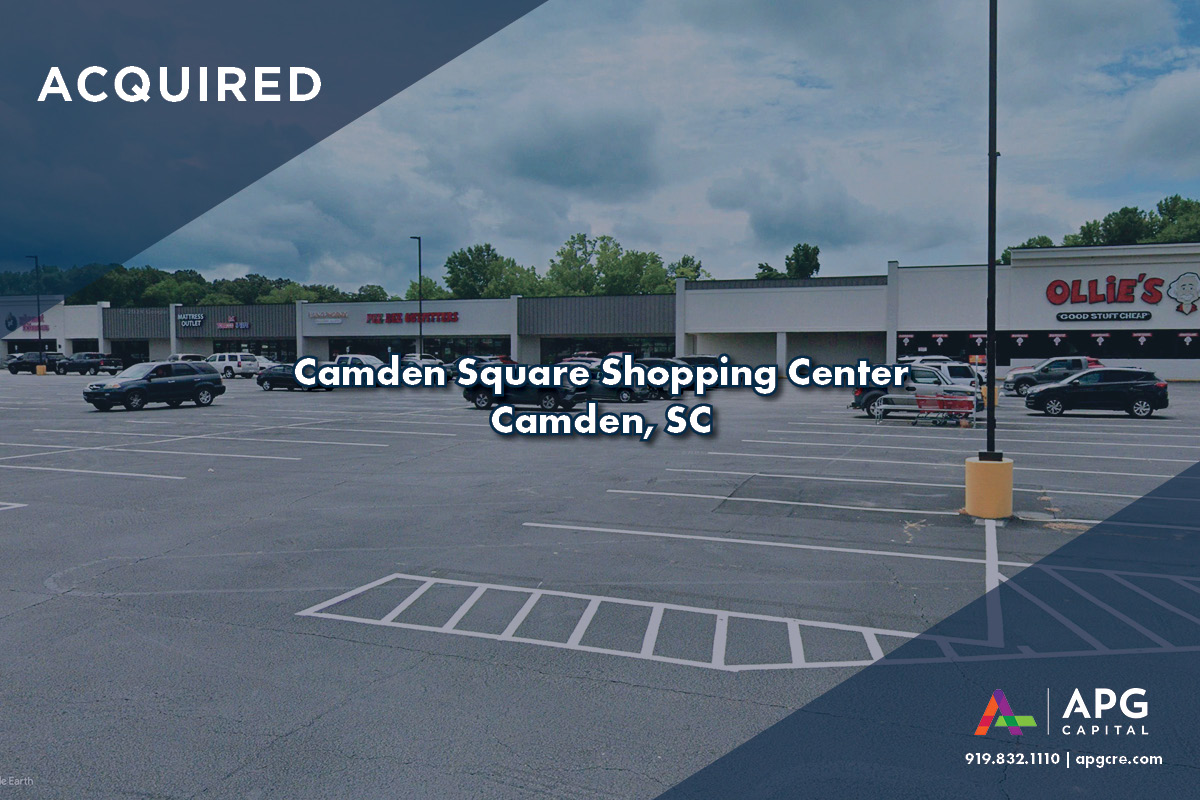
May 5, 2025
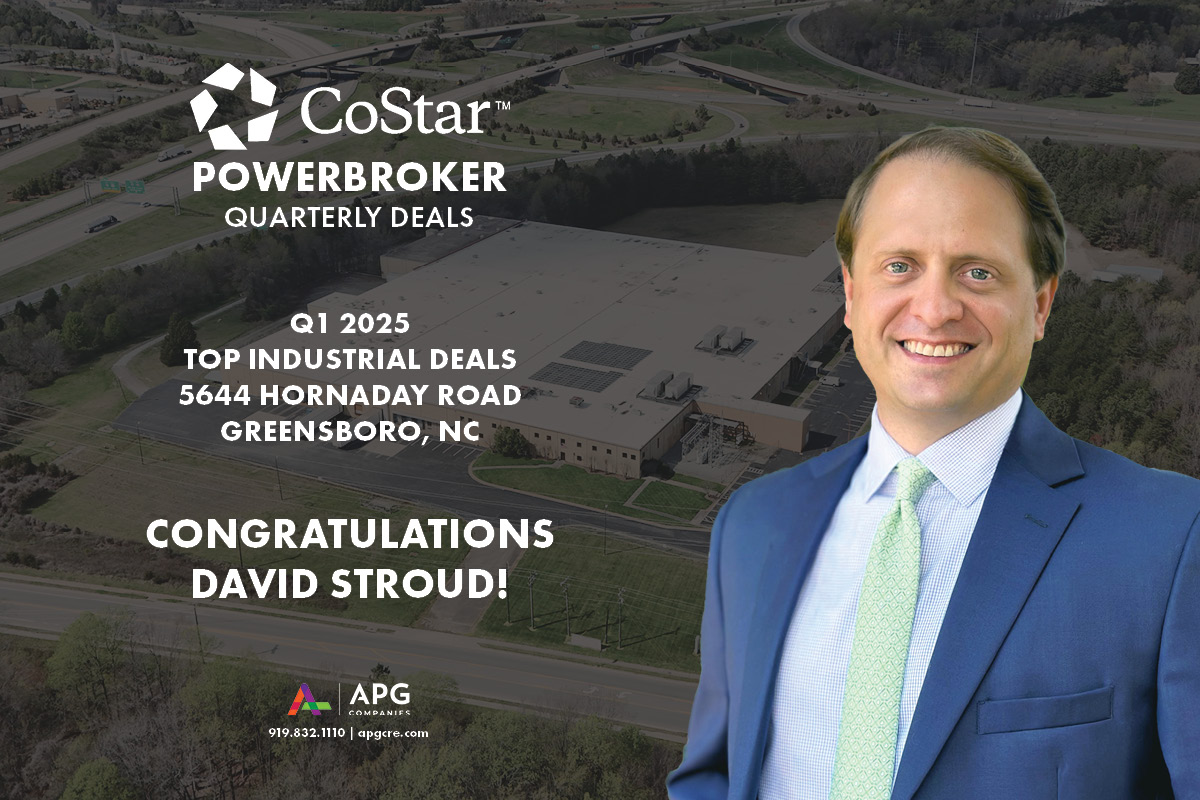
April 4, 2025

March 24, 2025
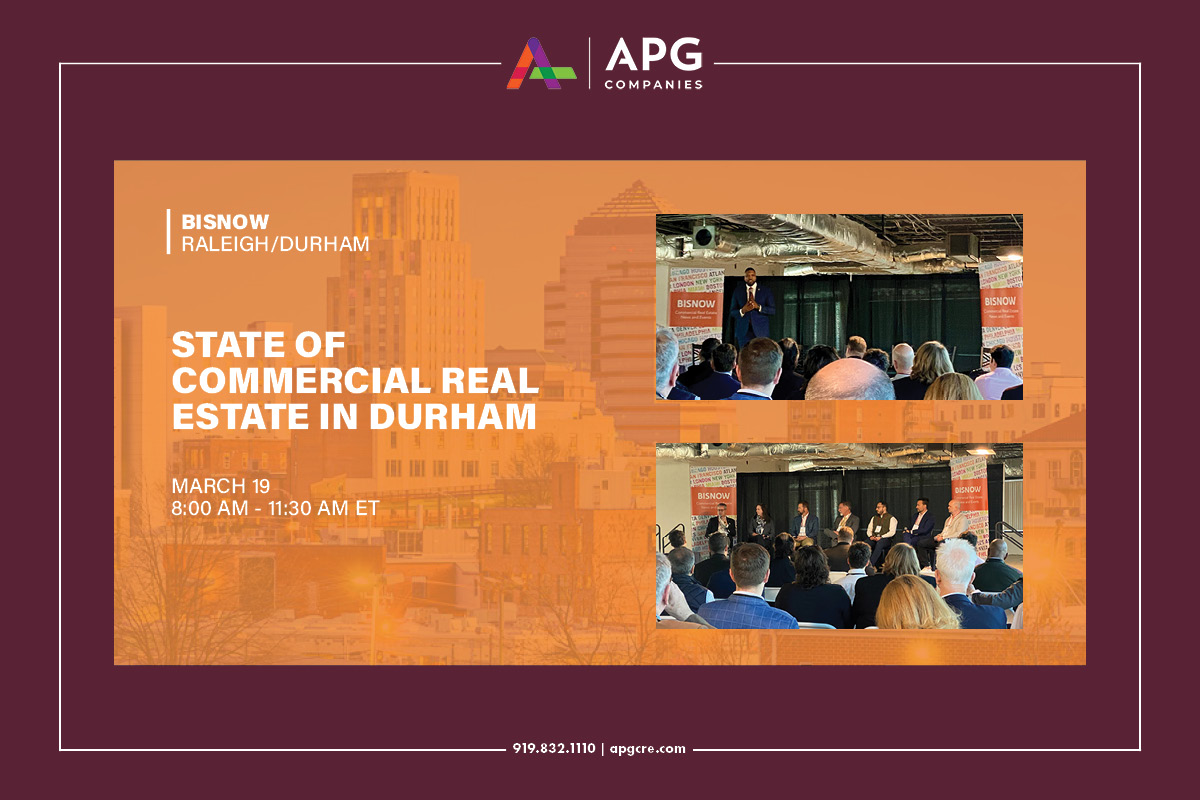
February 21, 2025
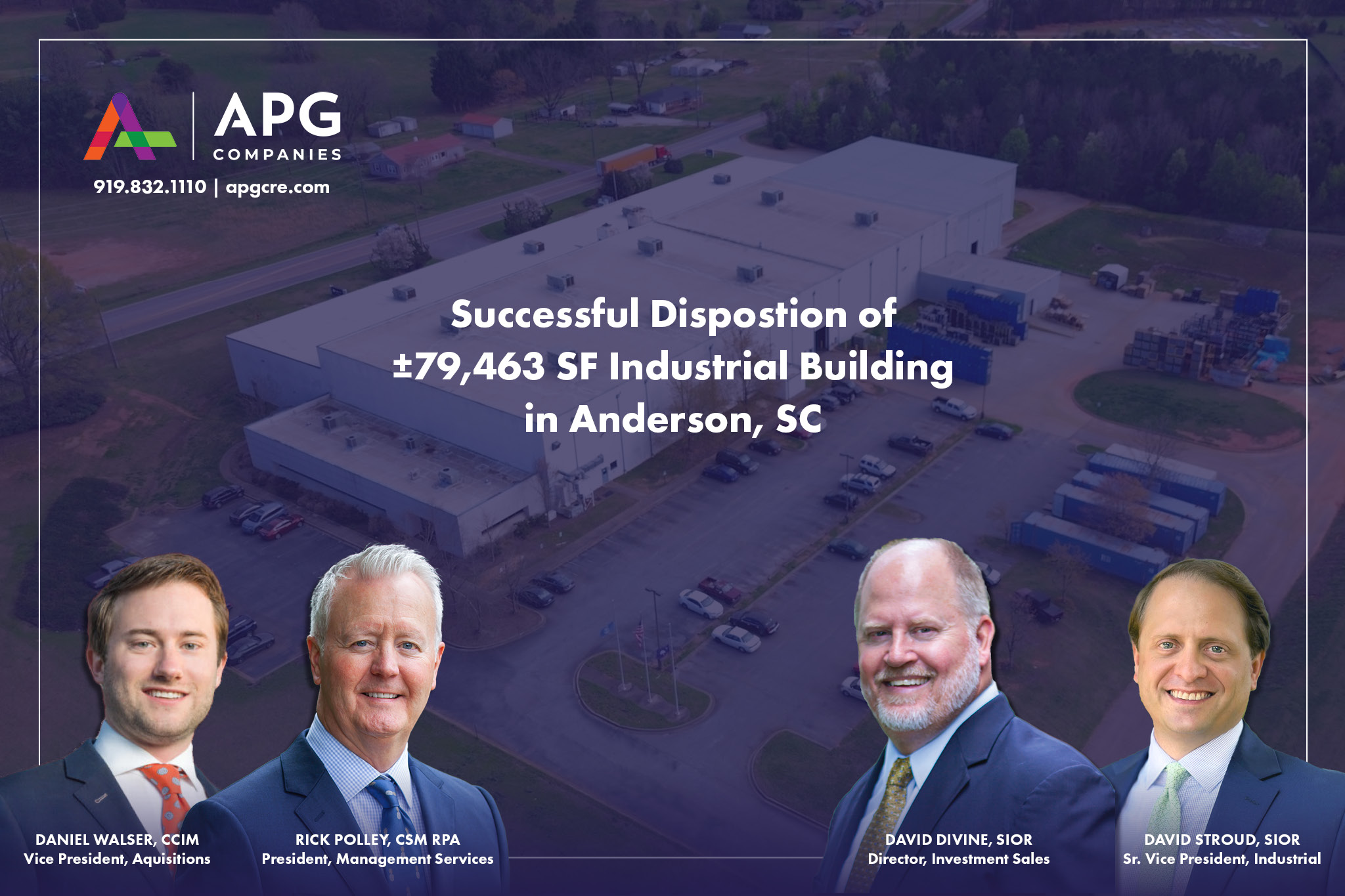
February 13, 2025
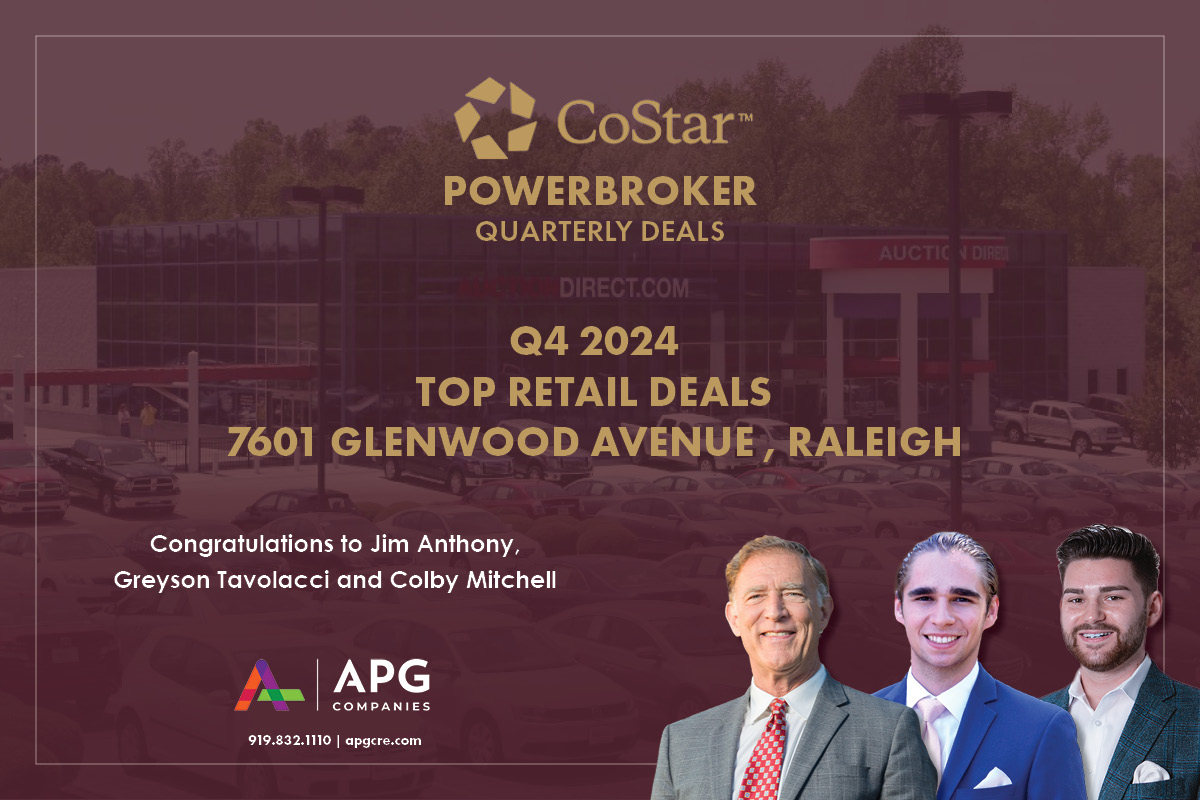
January 31, 2025
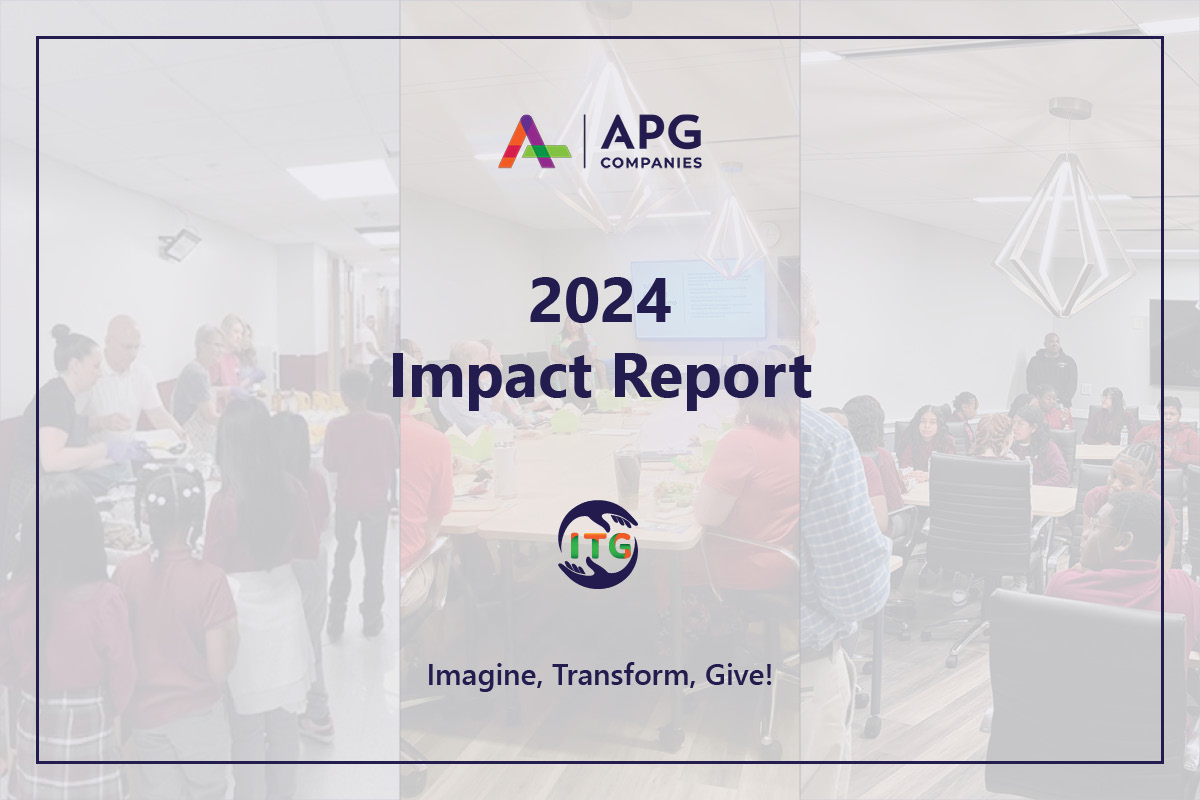
January 24, 2025
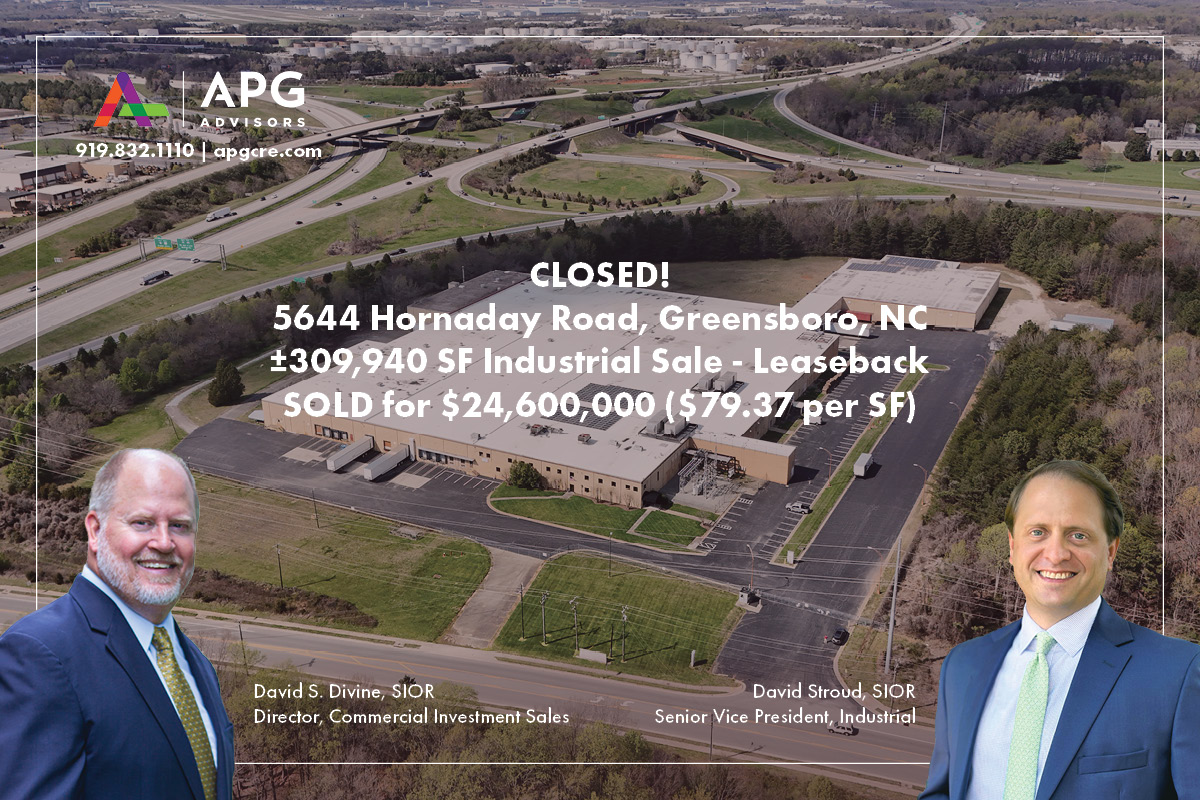
January 7, 2025
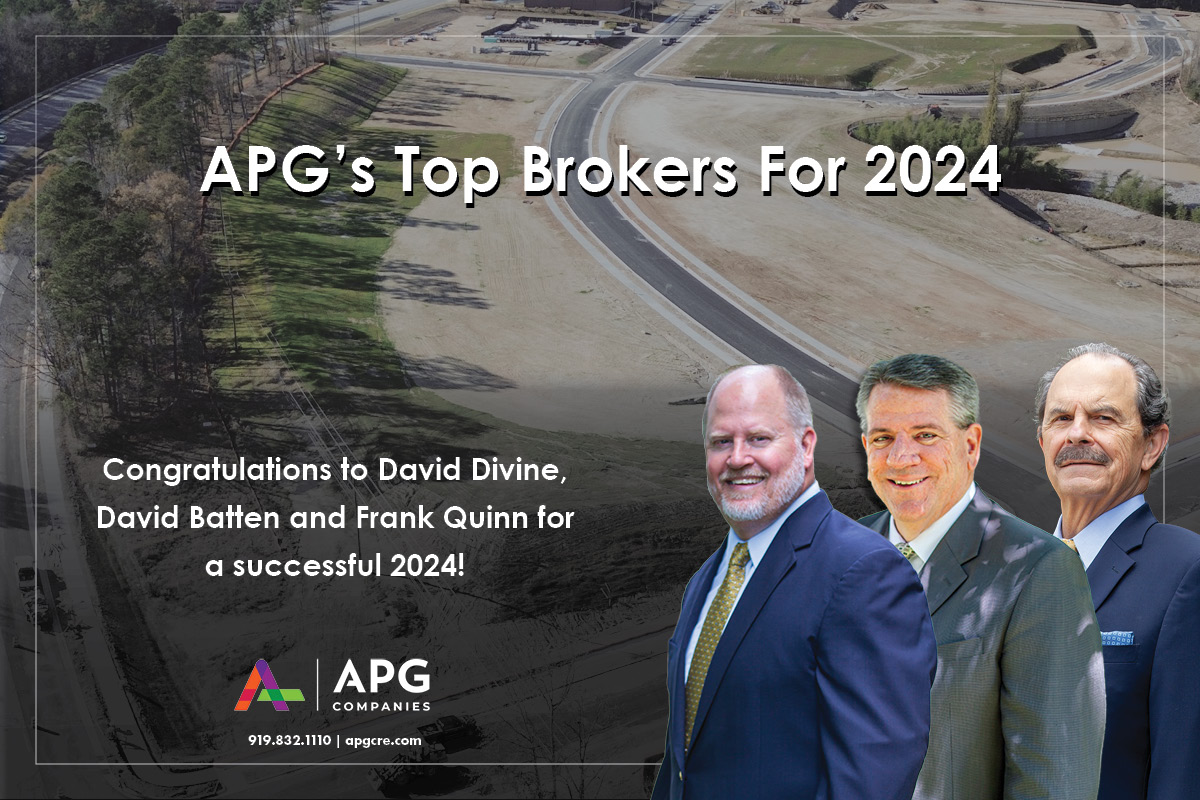
January 3, 2025

December 11, 2024
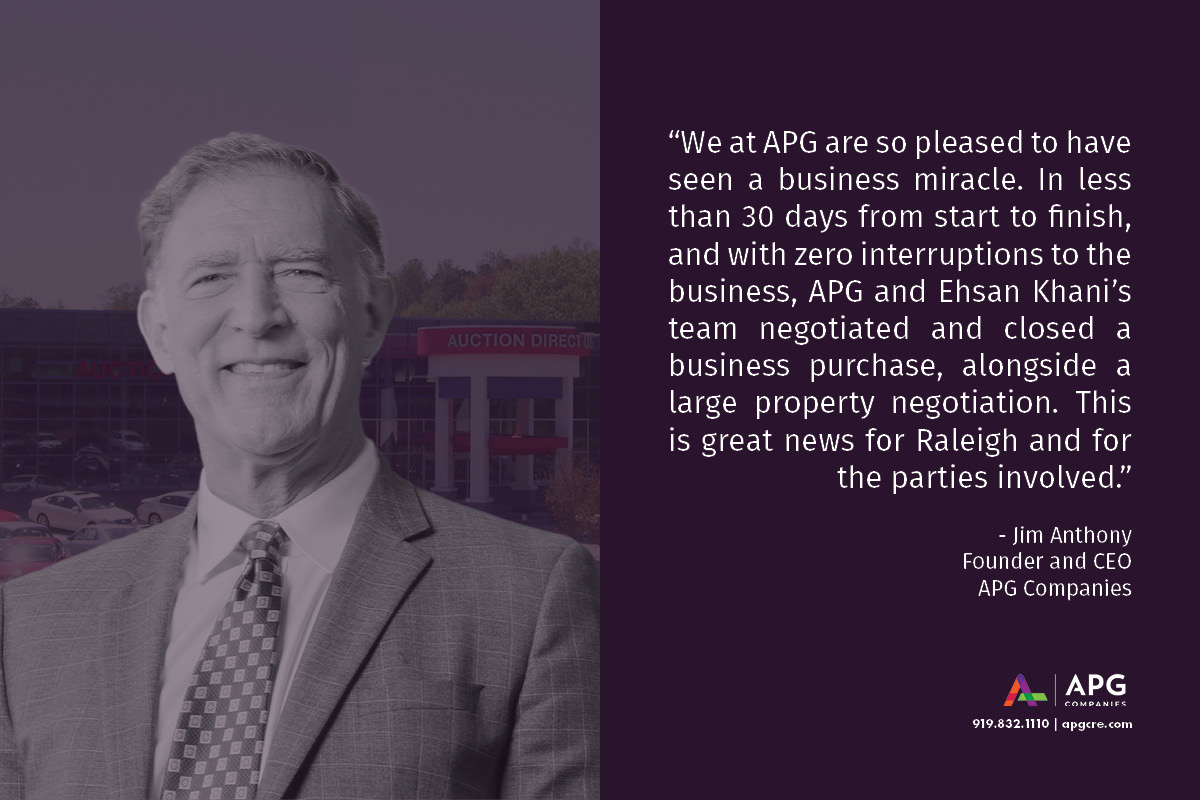
November 19, 2024

November 7, 2024
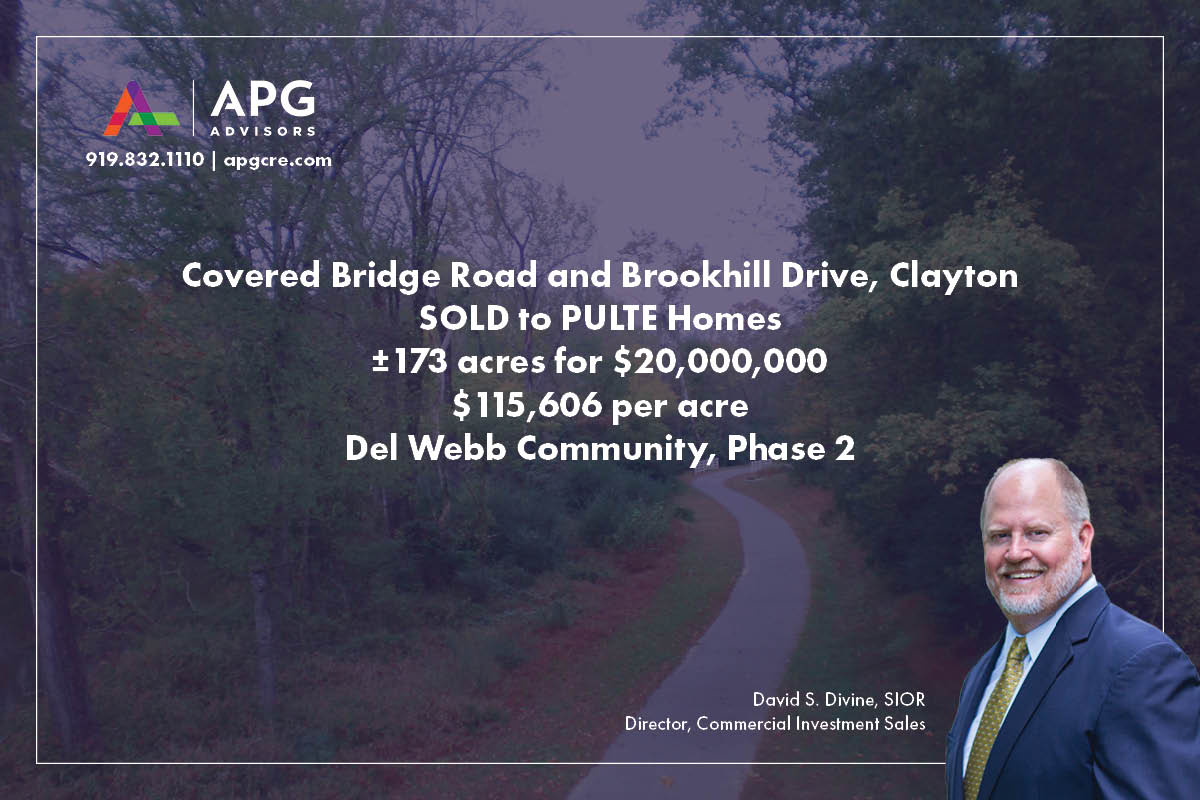
November 6, 2024
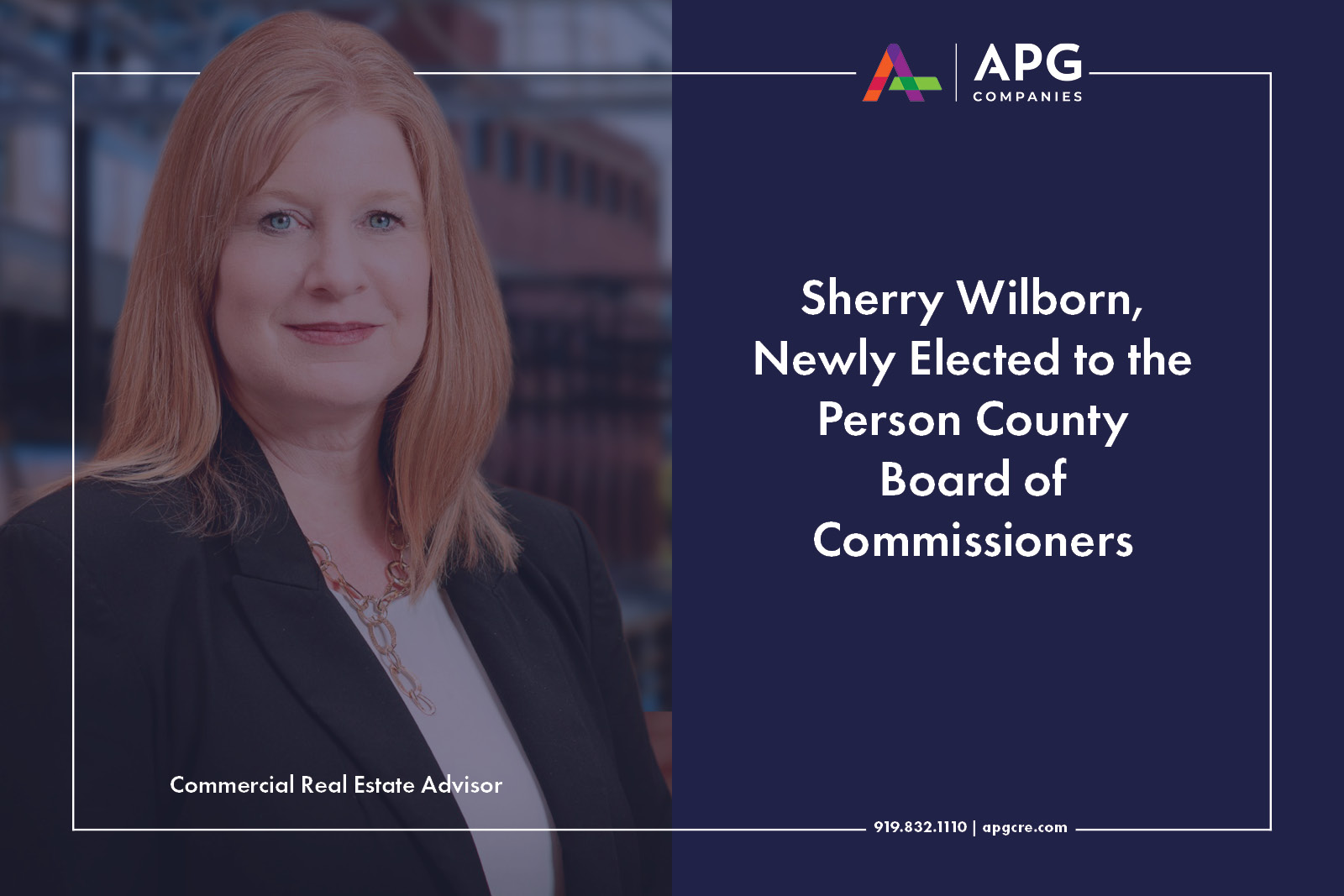
October 31, 2024
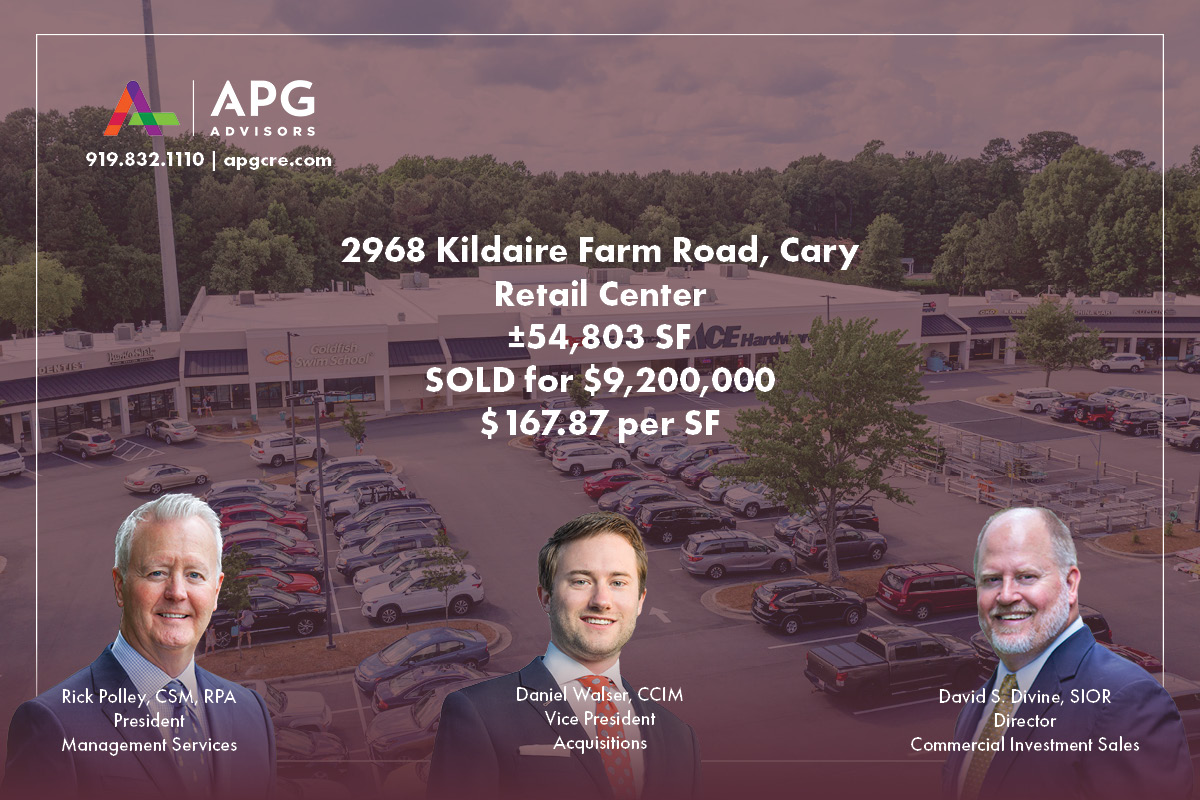
September 13, 2024

September 12, 2024

August 28, 2024
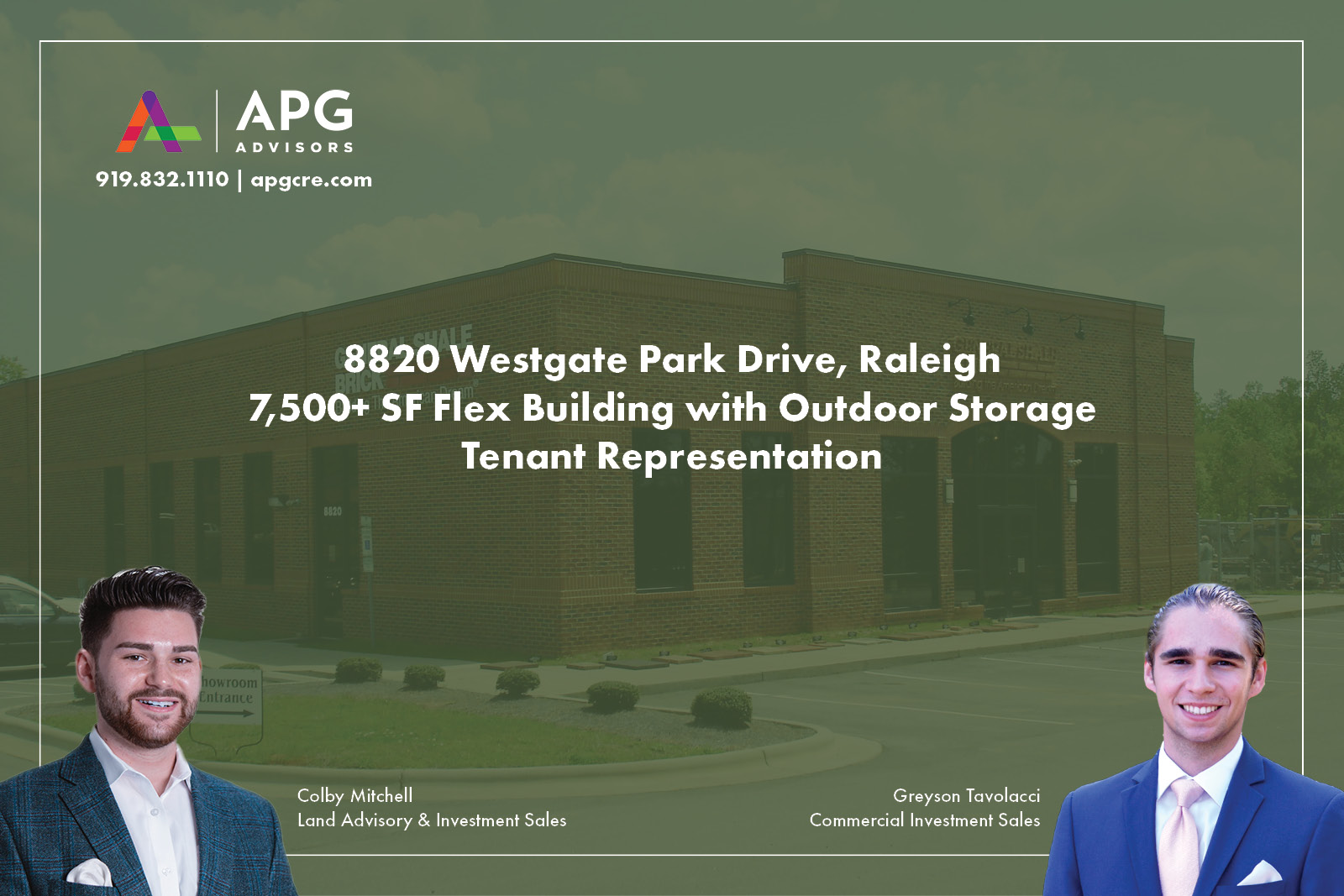
August 9, 2024

August 2, 2024
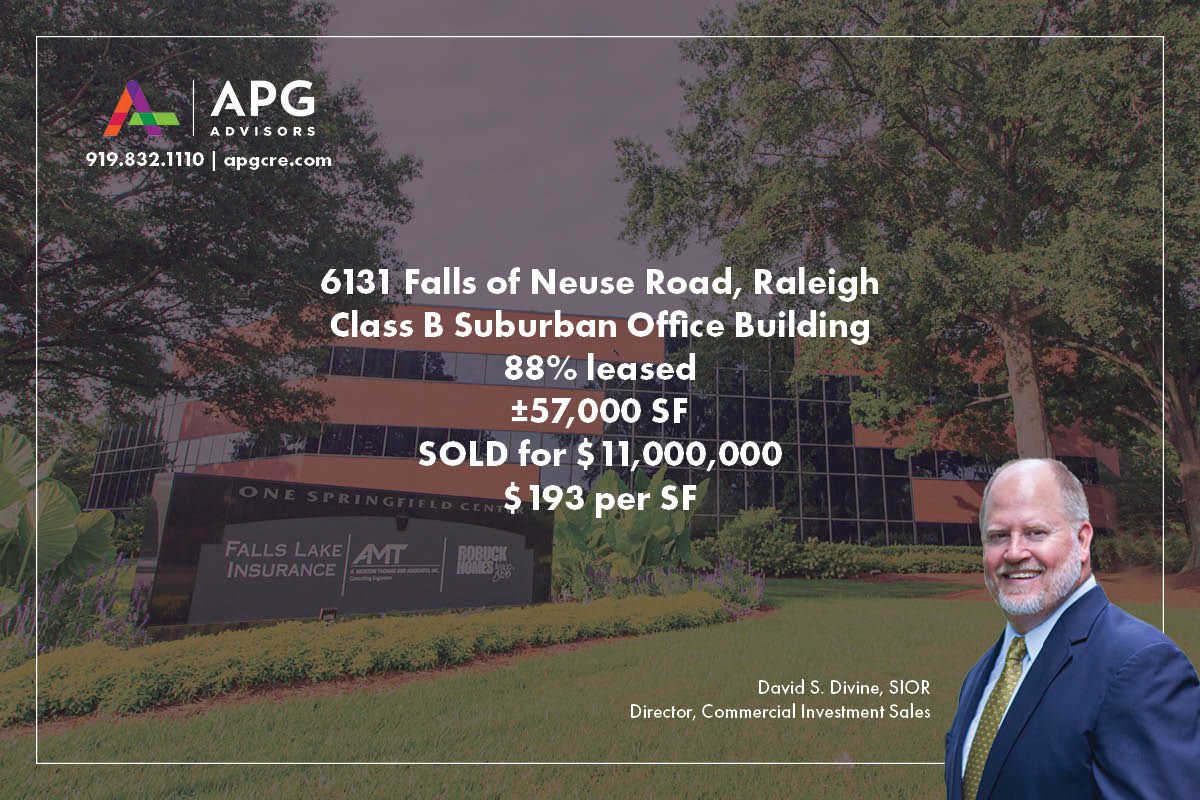
July 9, 2024
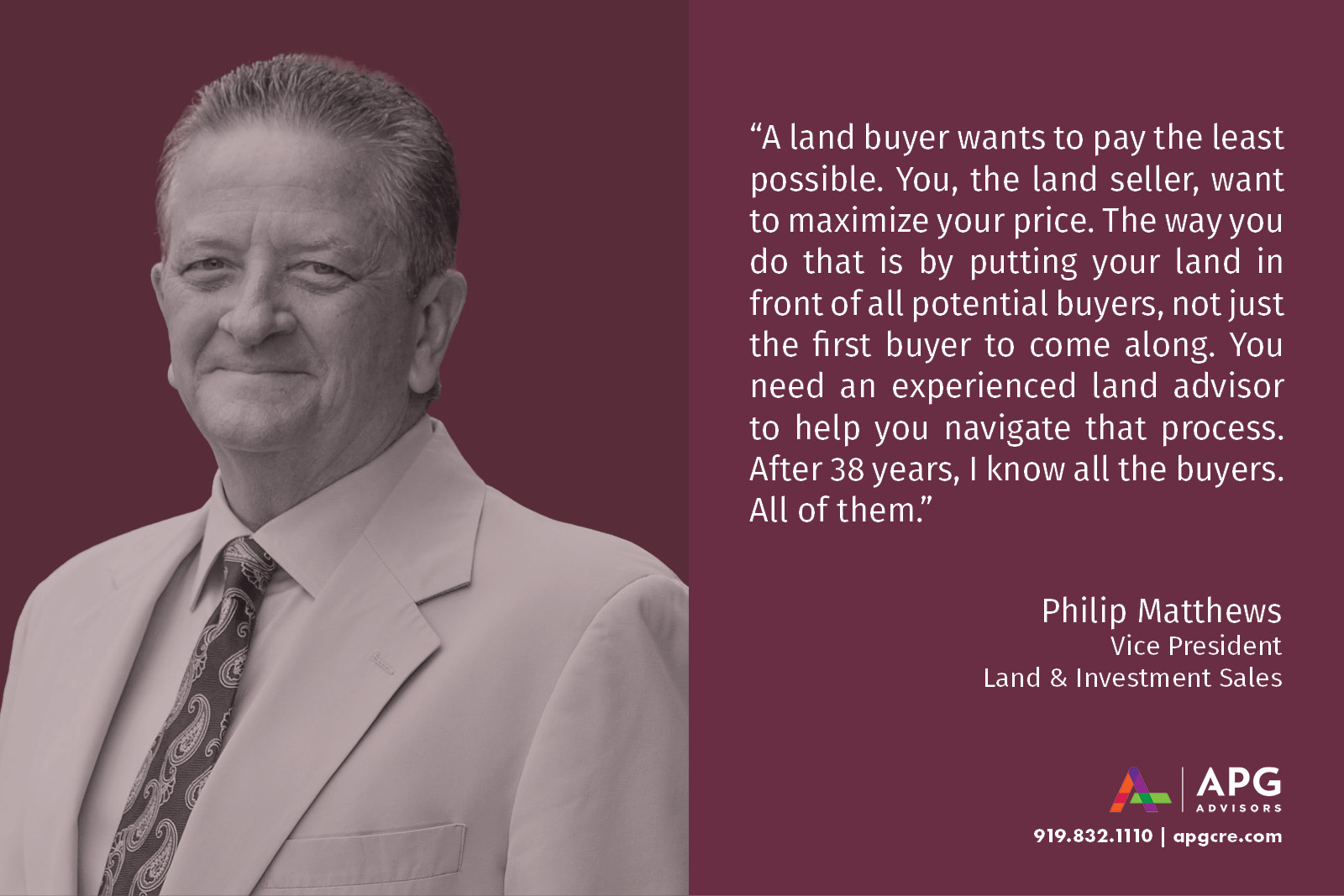
June 13, 2024

May 31, 2024
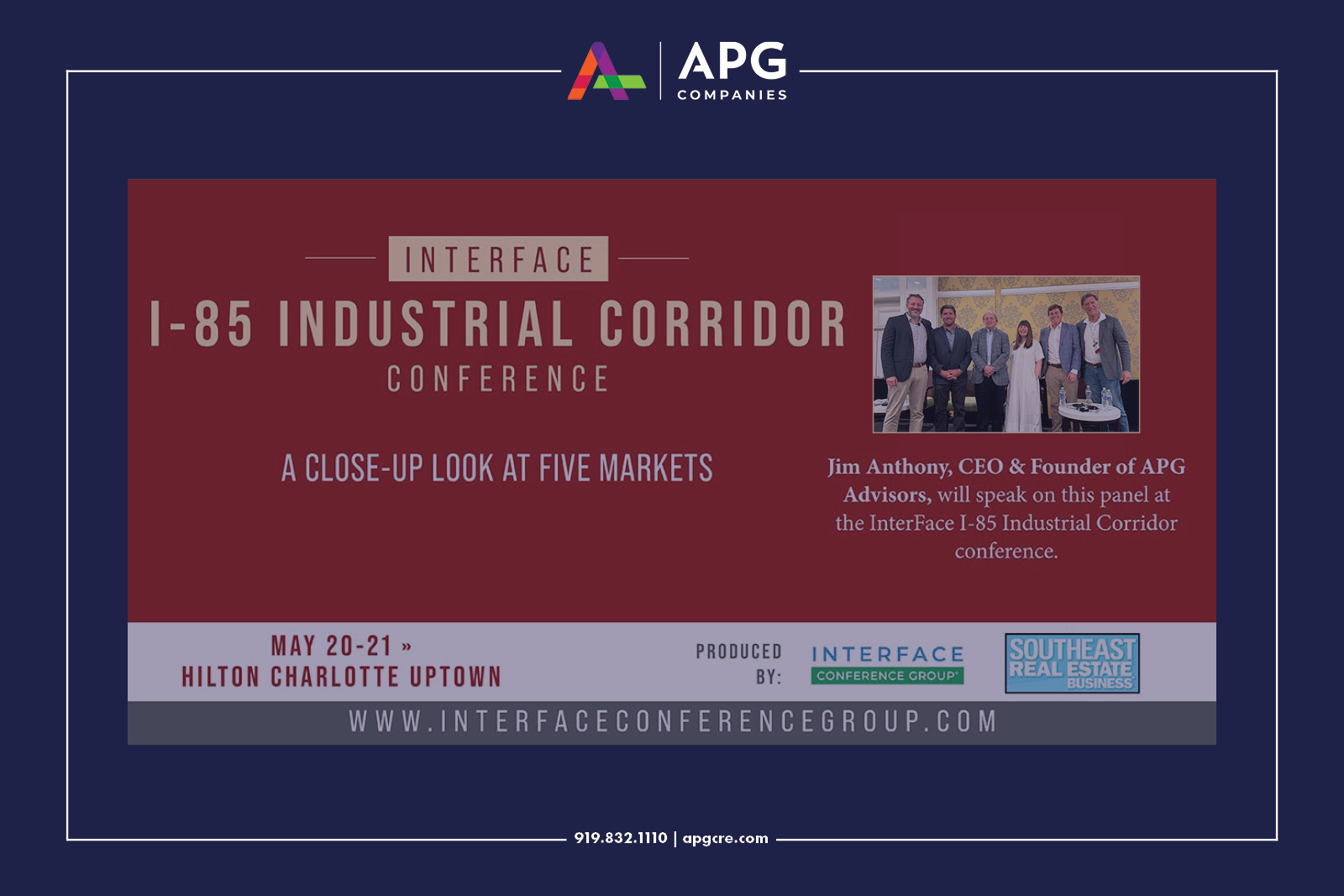
May 31, 2024
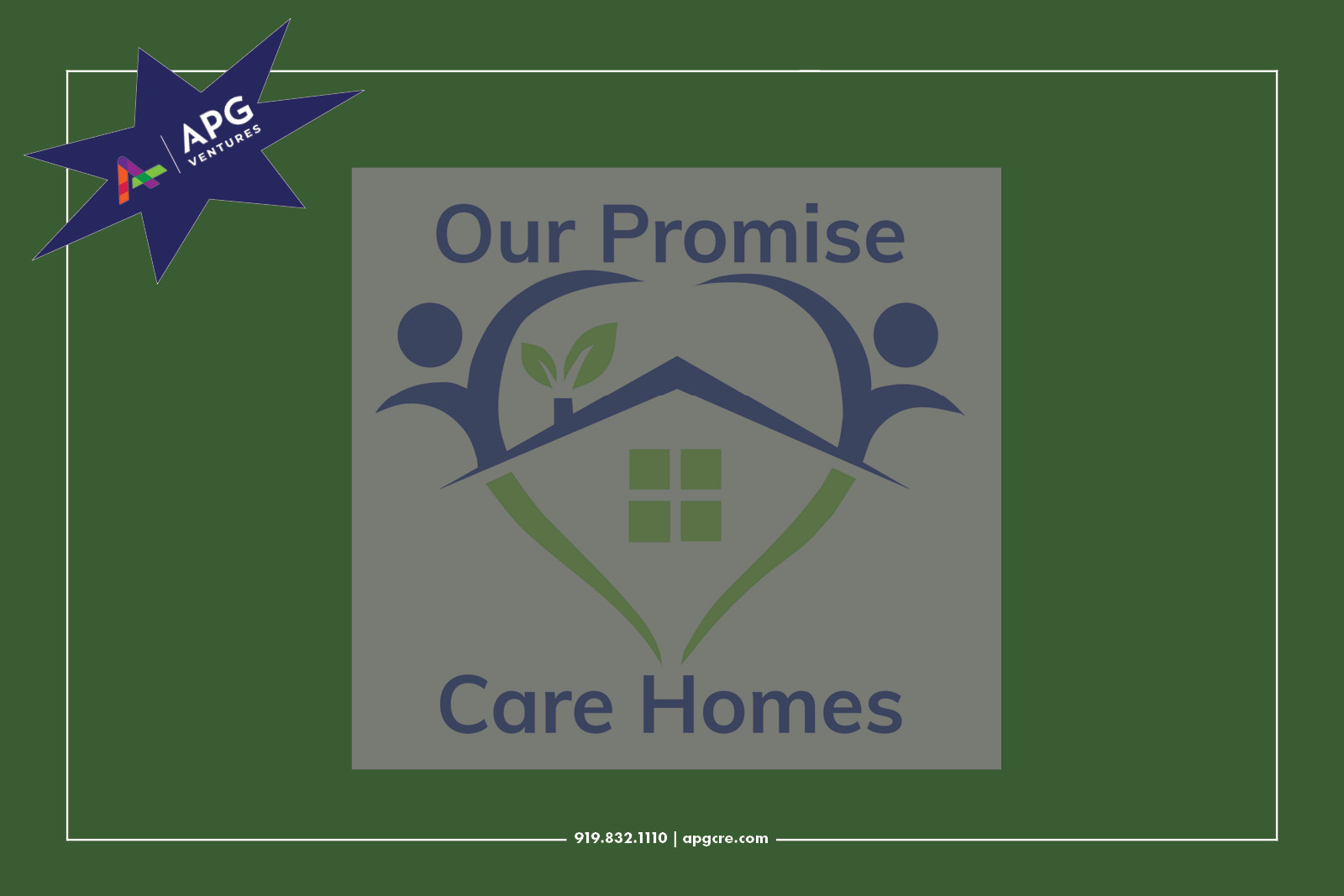
April 22, 2024
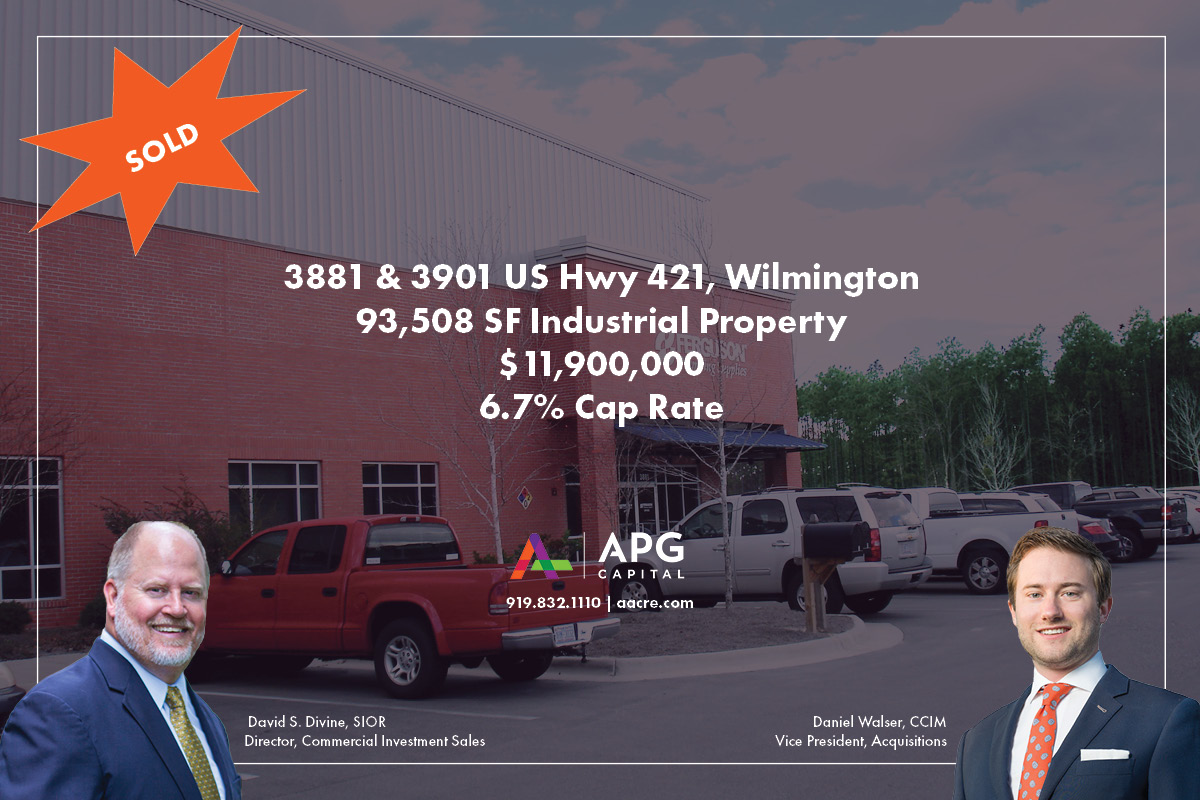
April 16, 2024
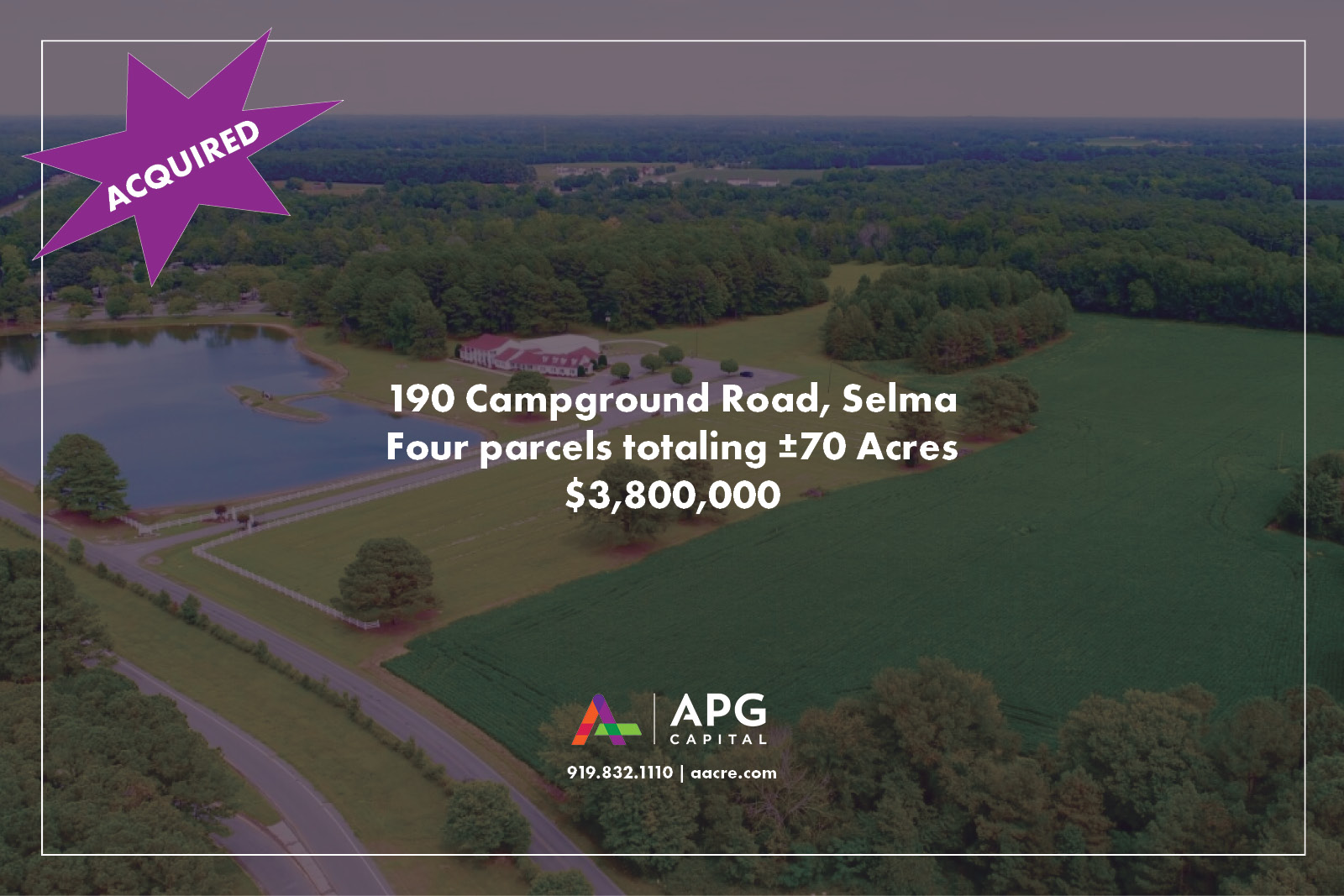
April 10, 2024

March 29, 2024
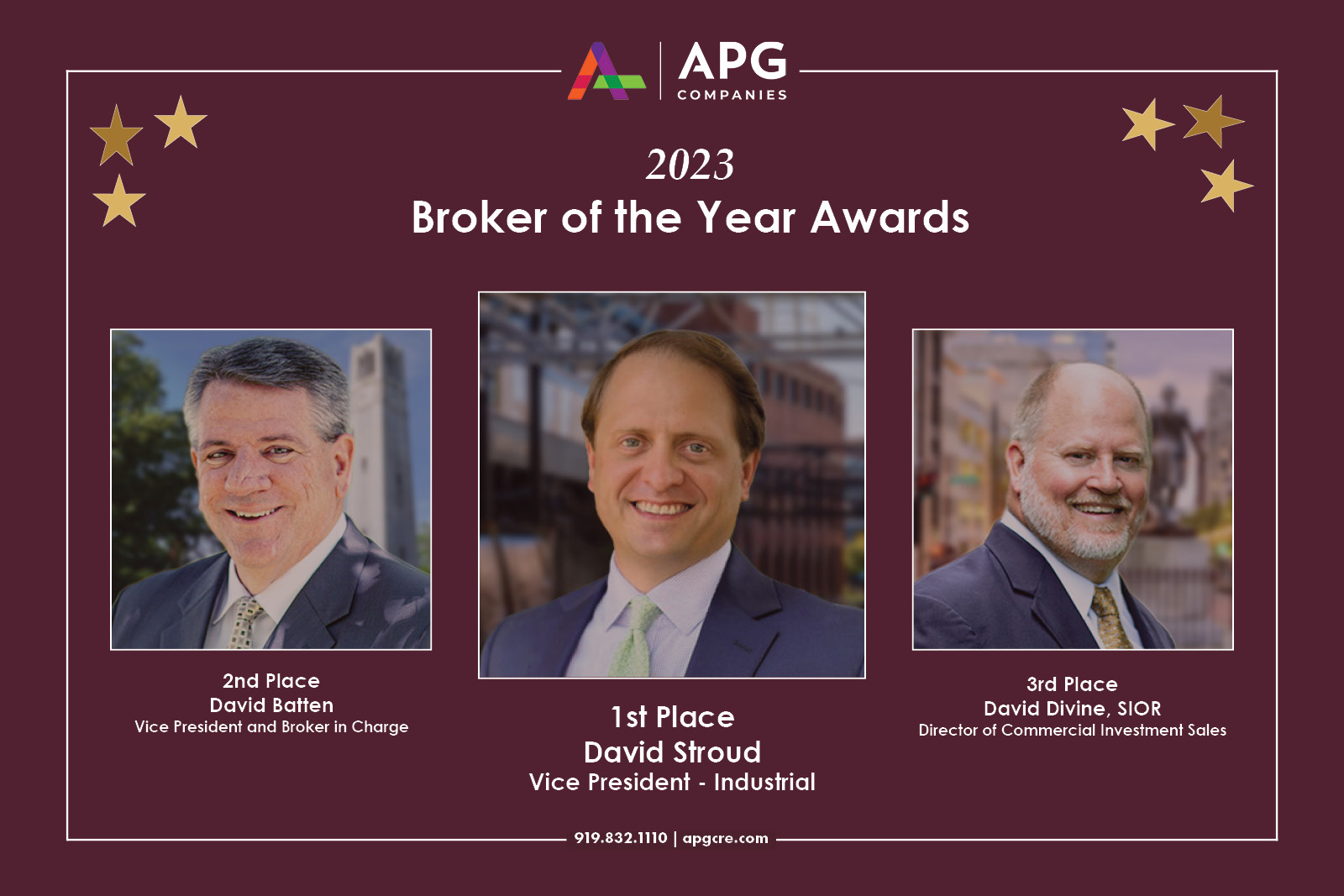
February 28, 2024
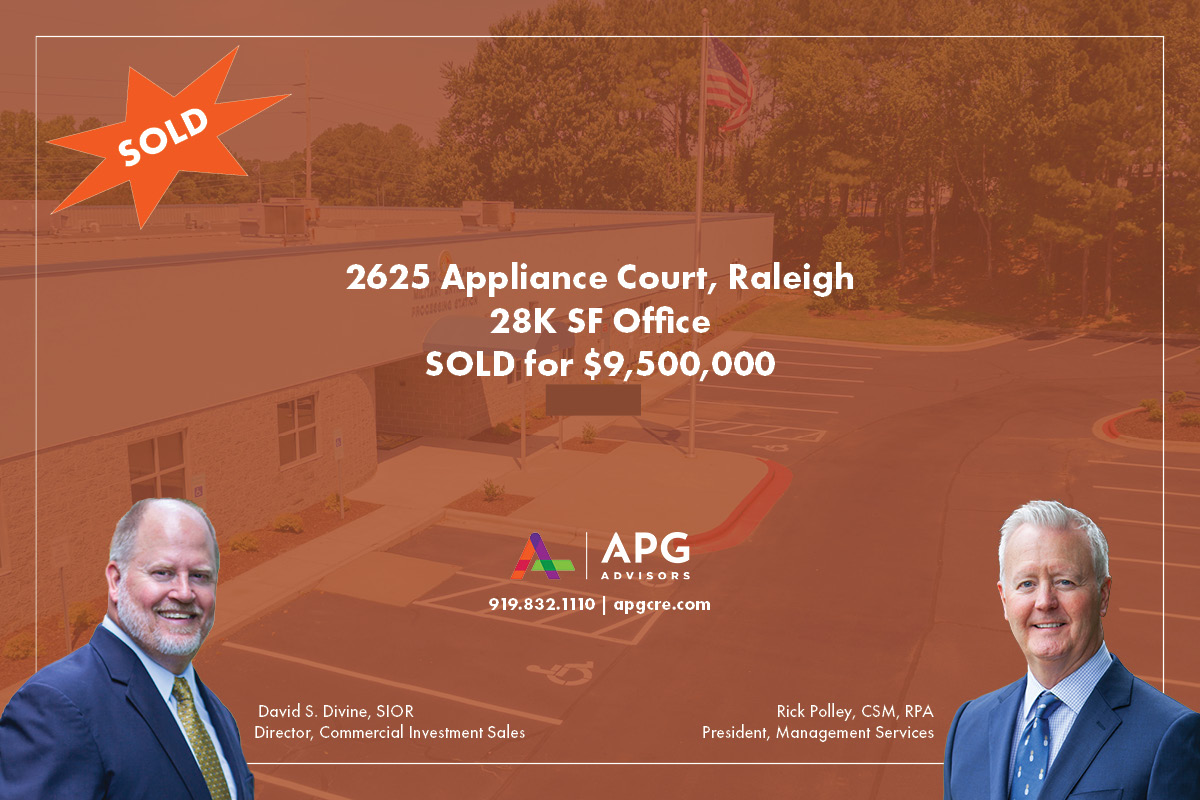
February 22, 2024

December 14, 2023
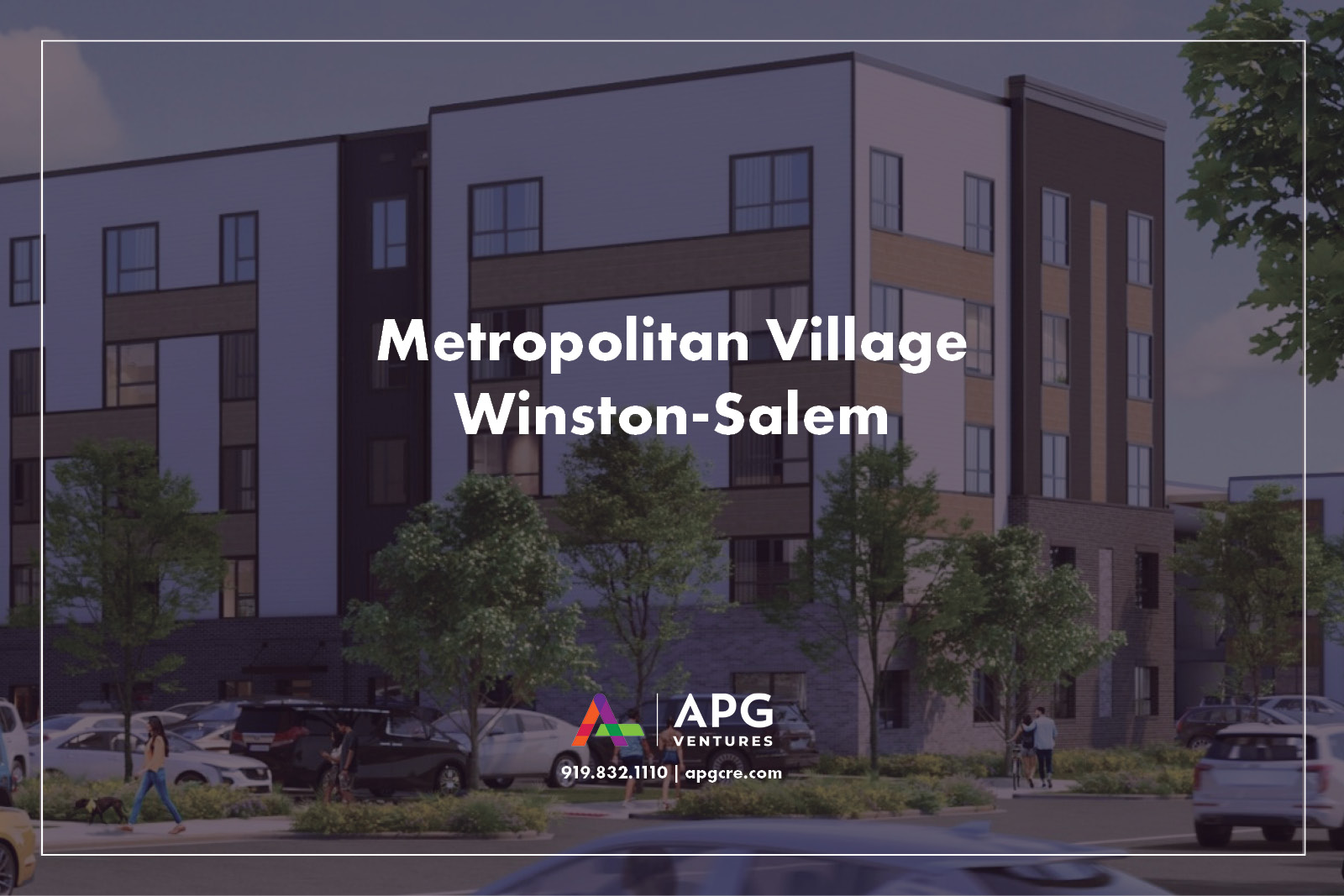
October 31, 2023
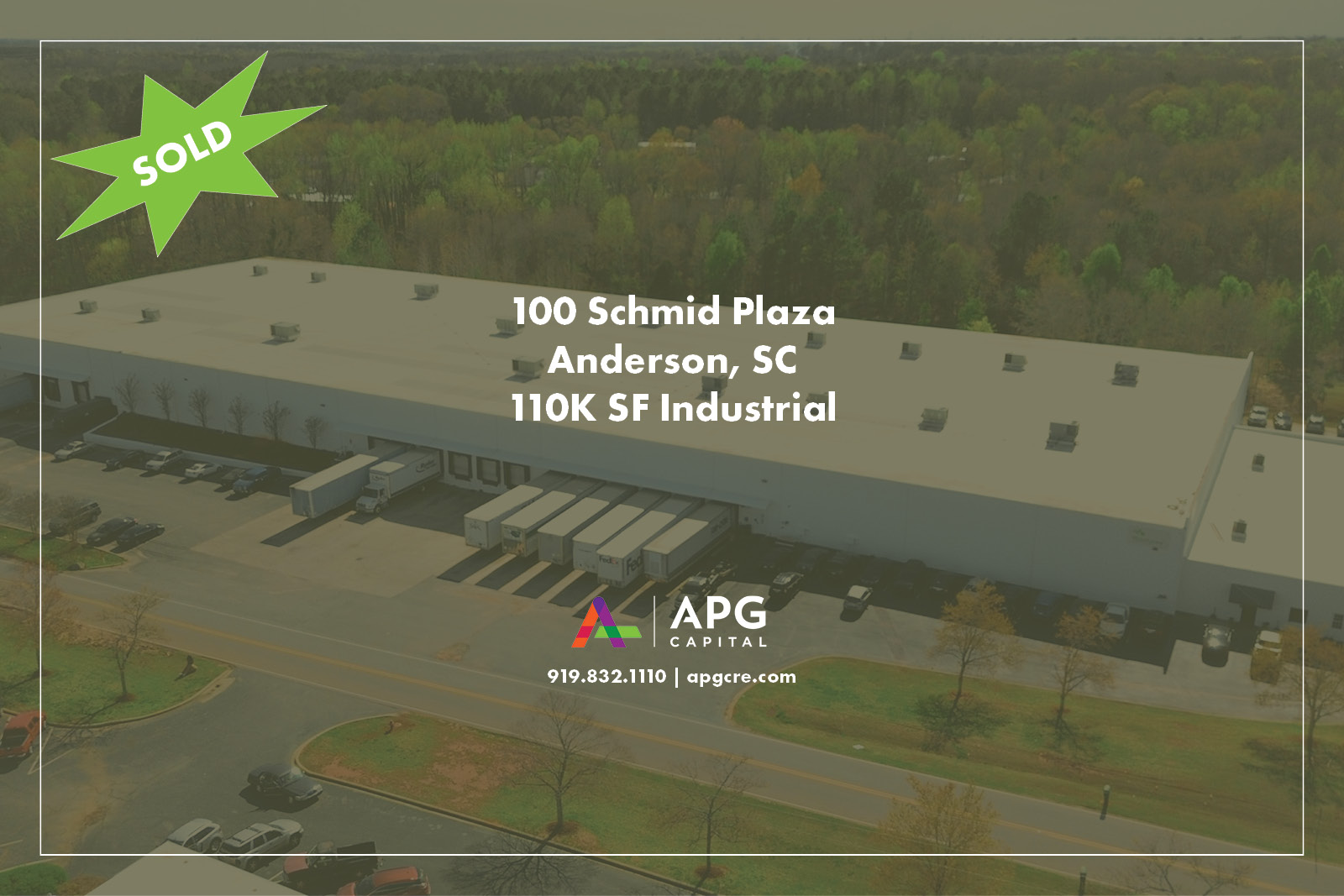
October 12, 2023
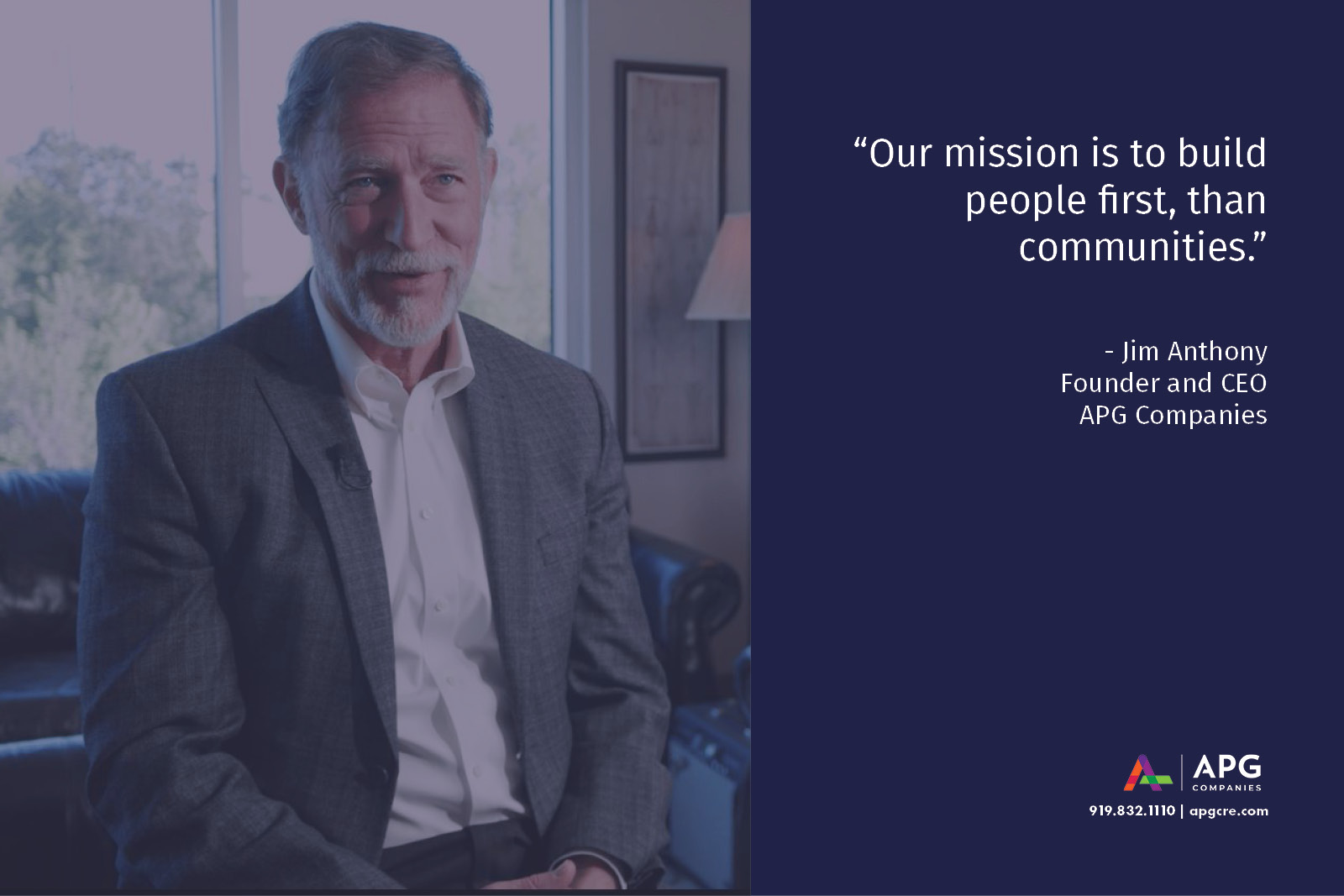
August 9, 2023

May 24, 2023
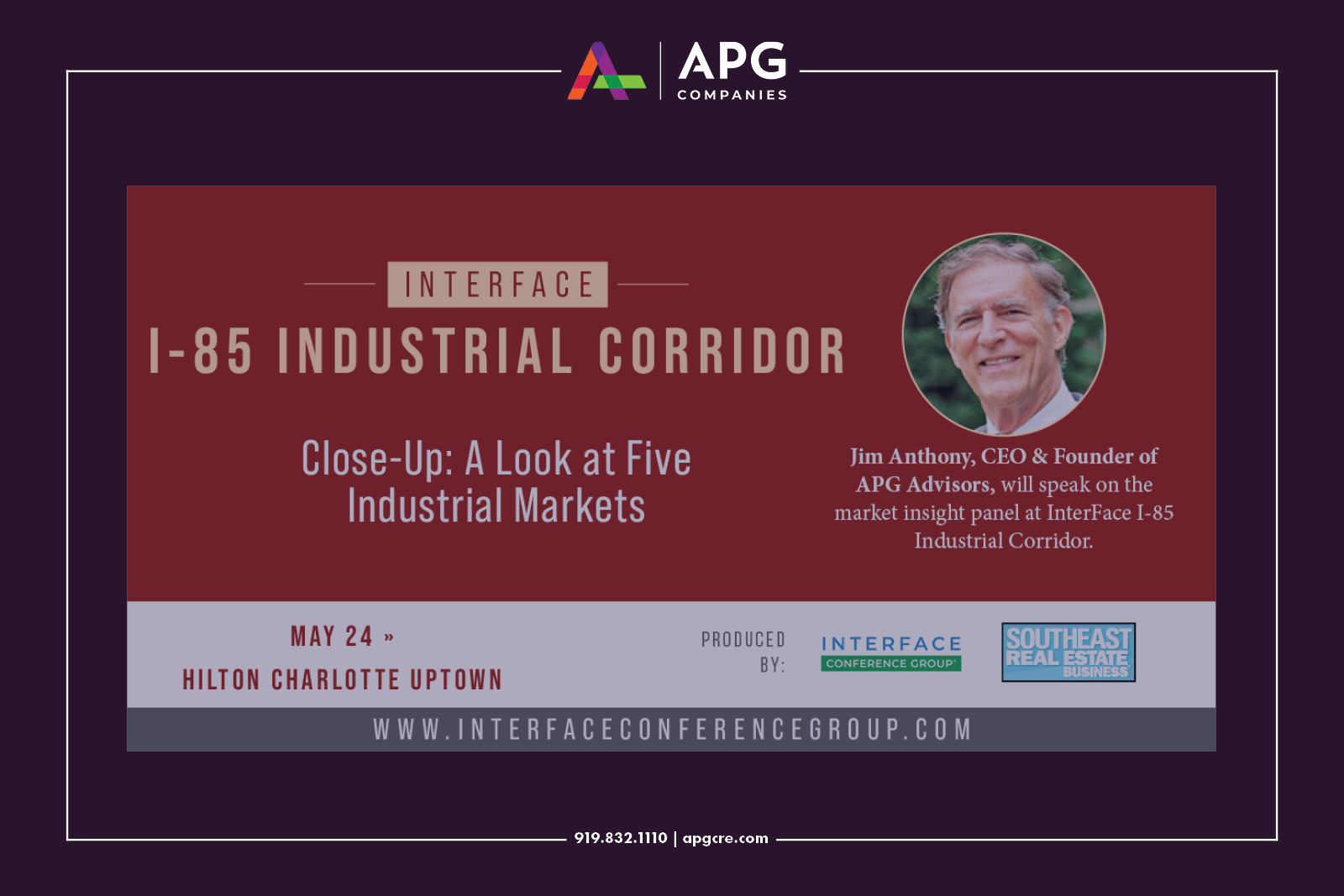
April 25, 2023
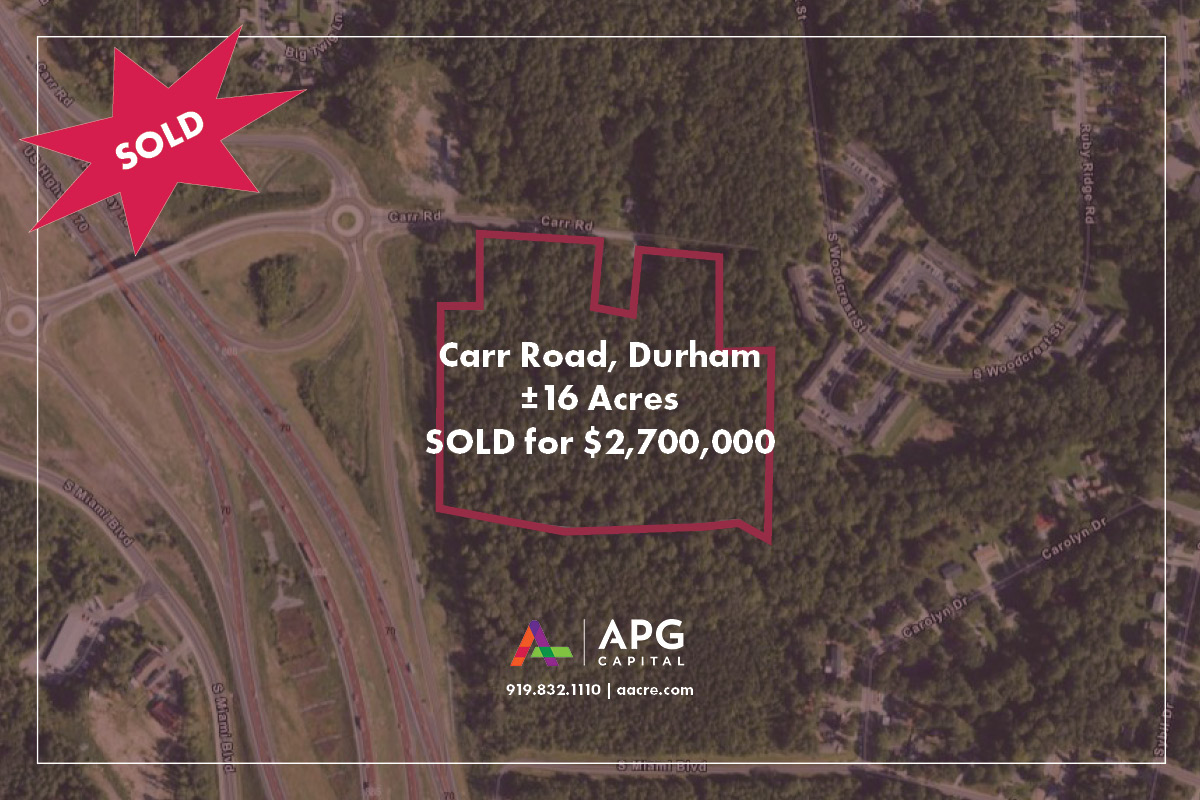
March 16, 2023
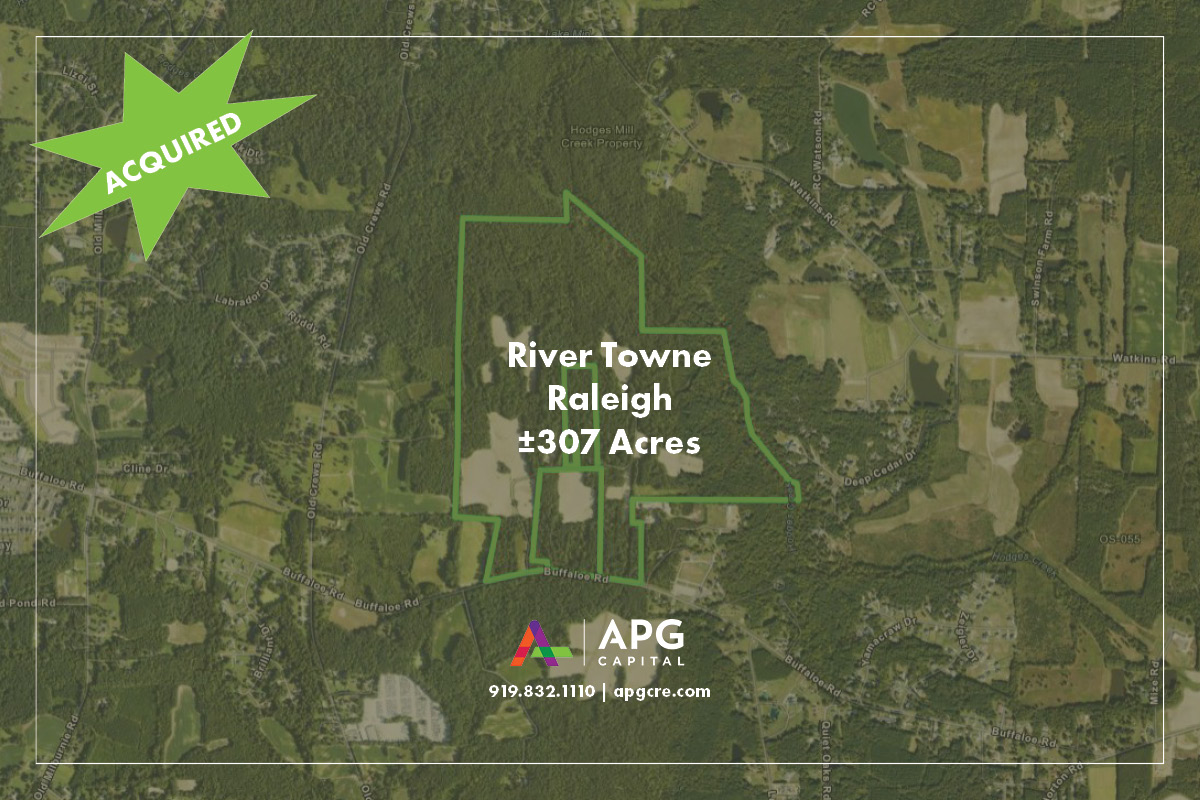
February 9, 2023
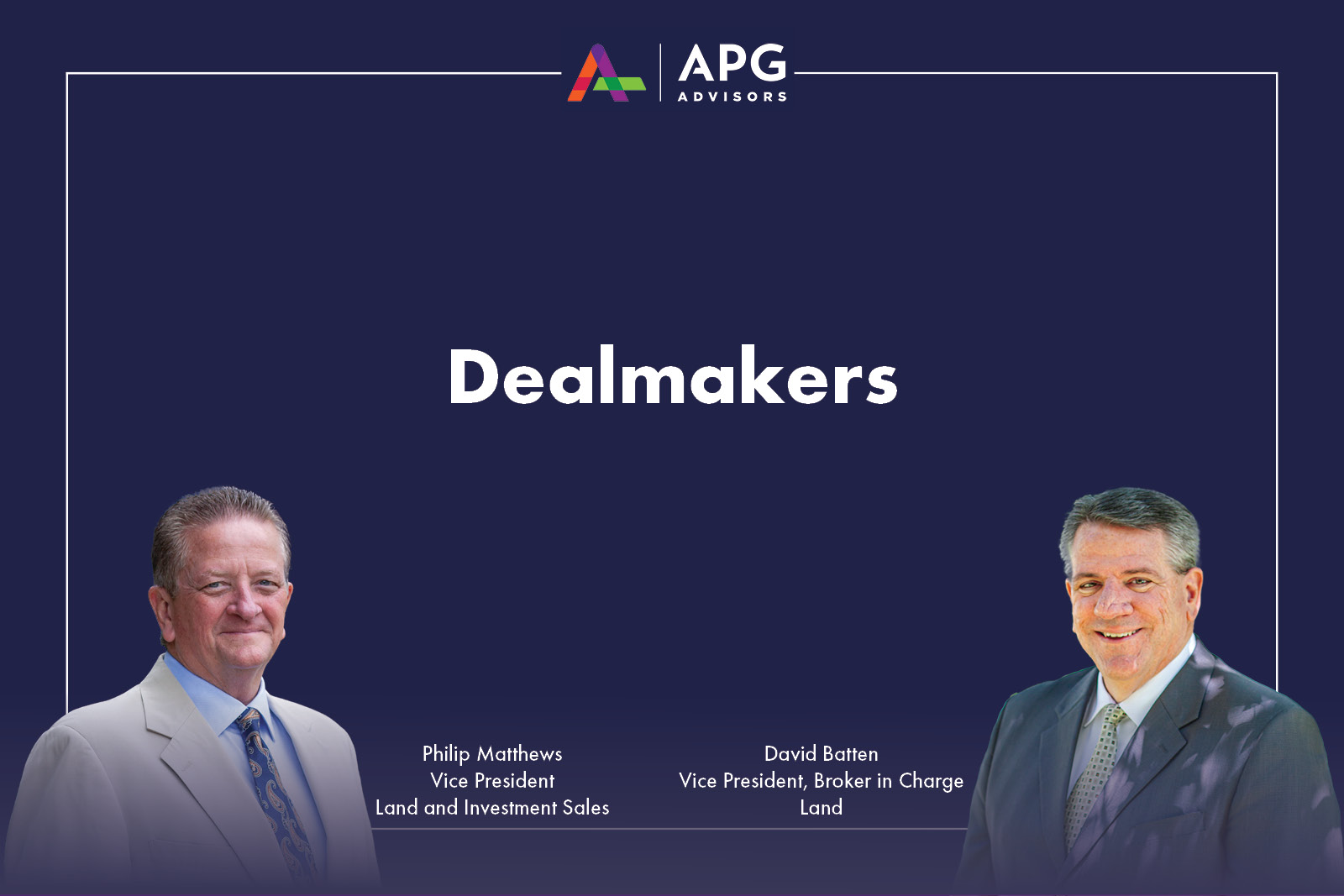
January 23, 2023
